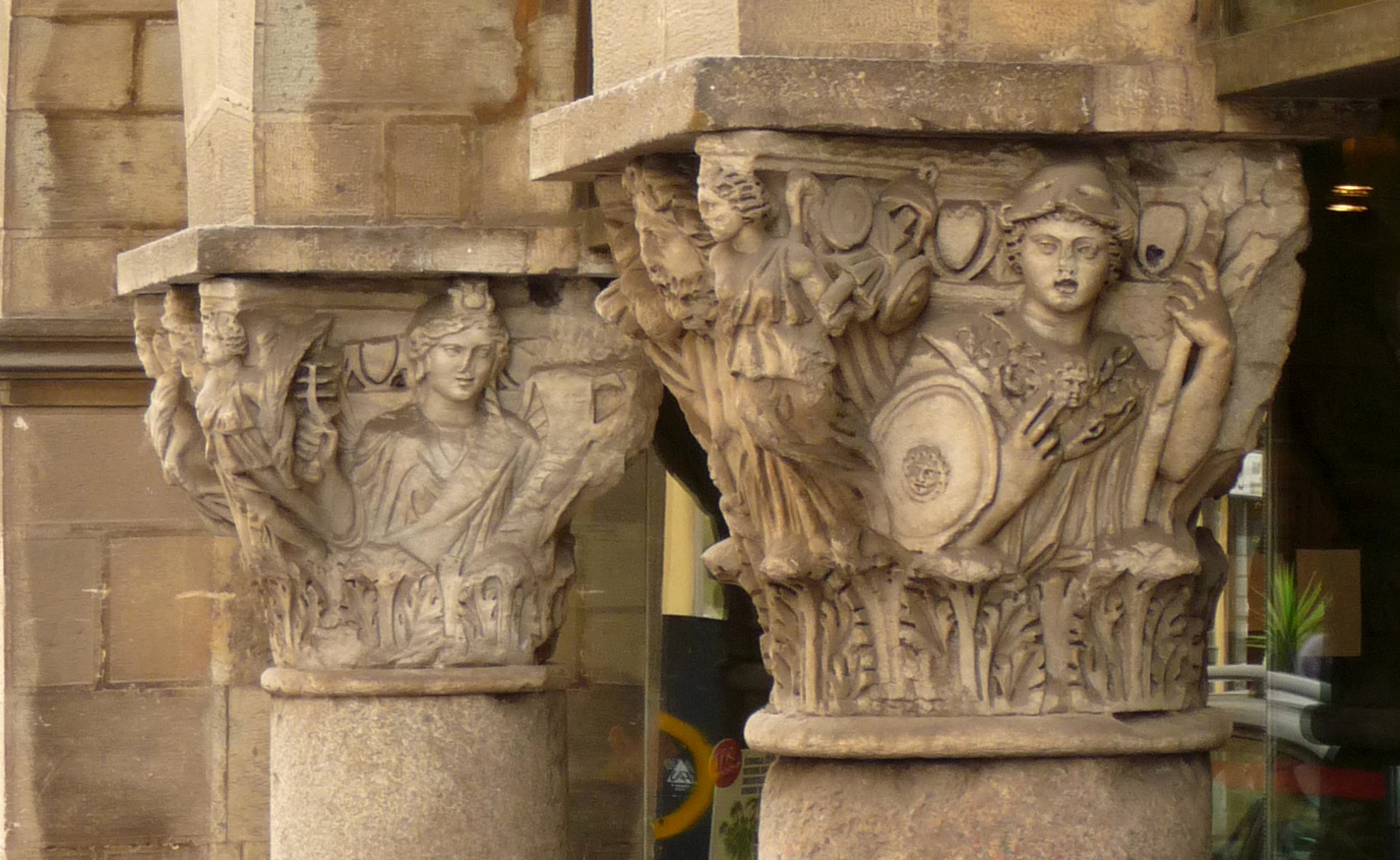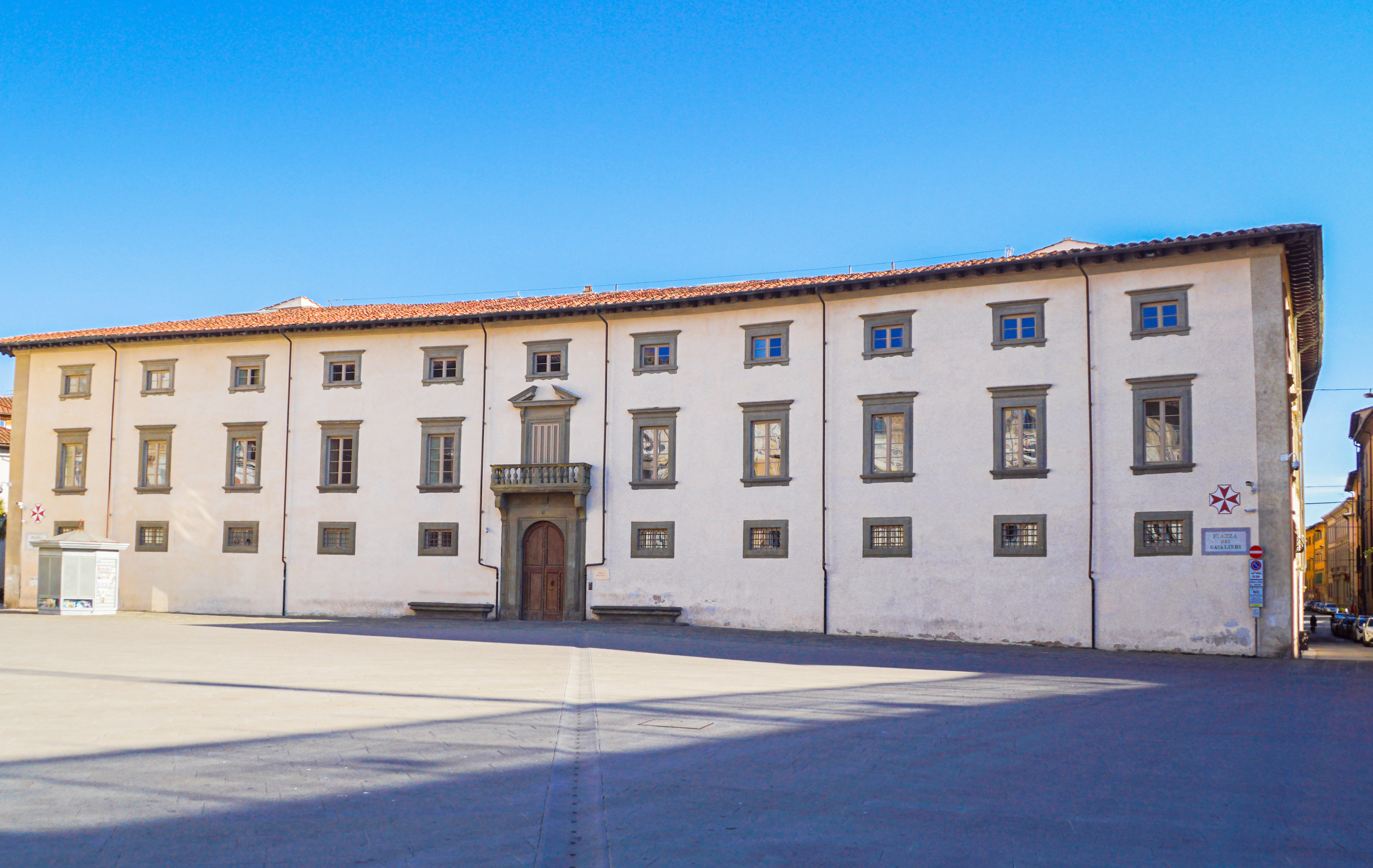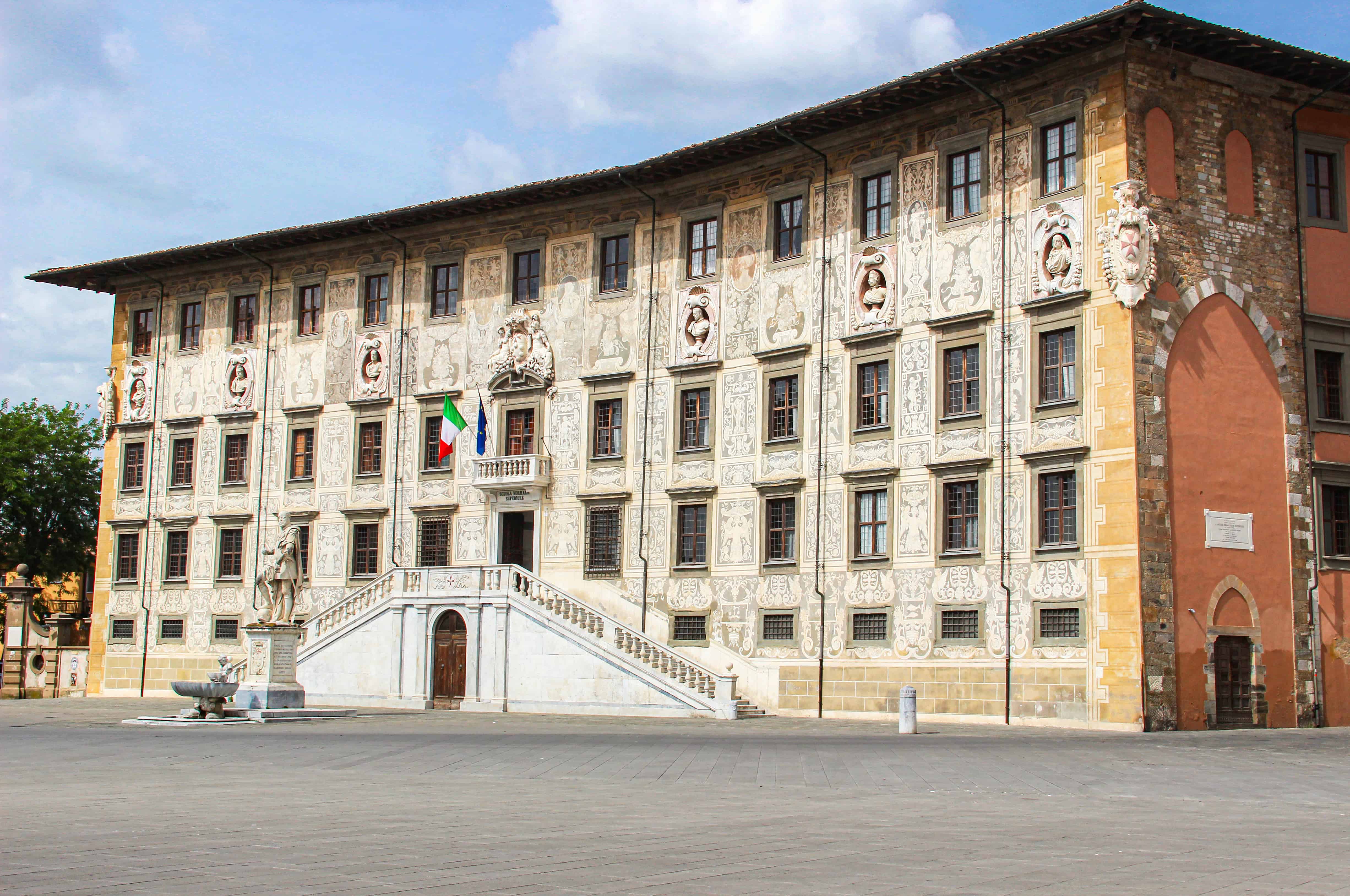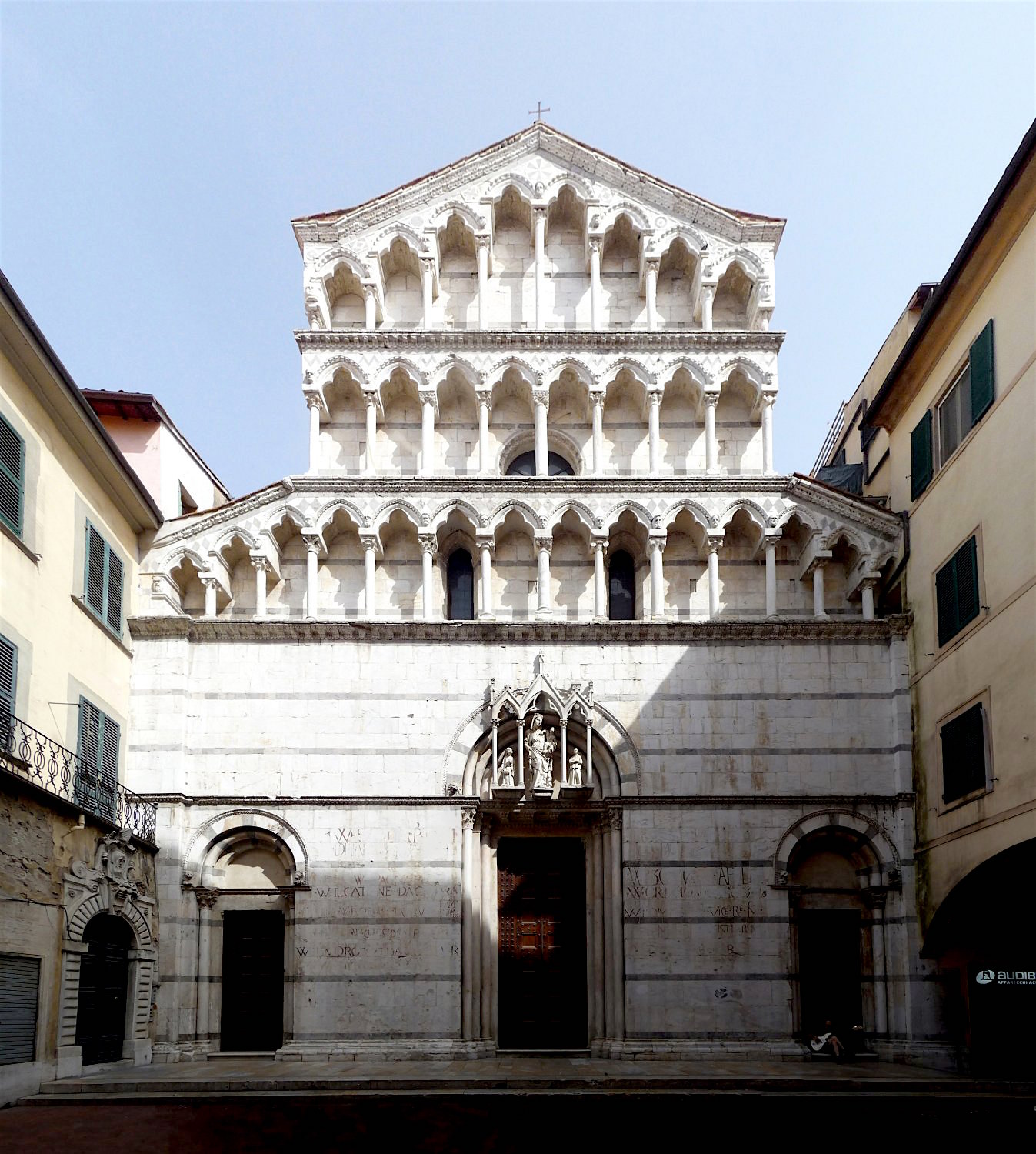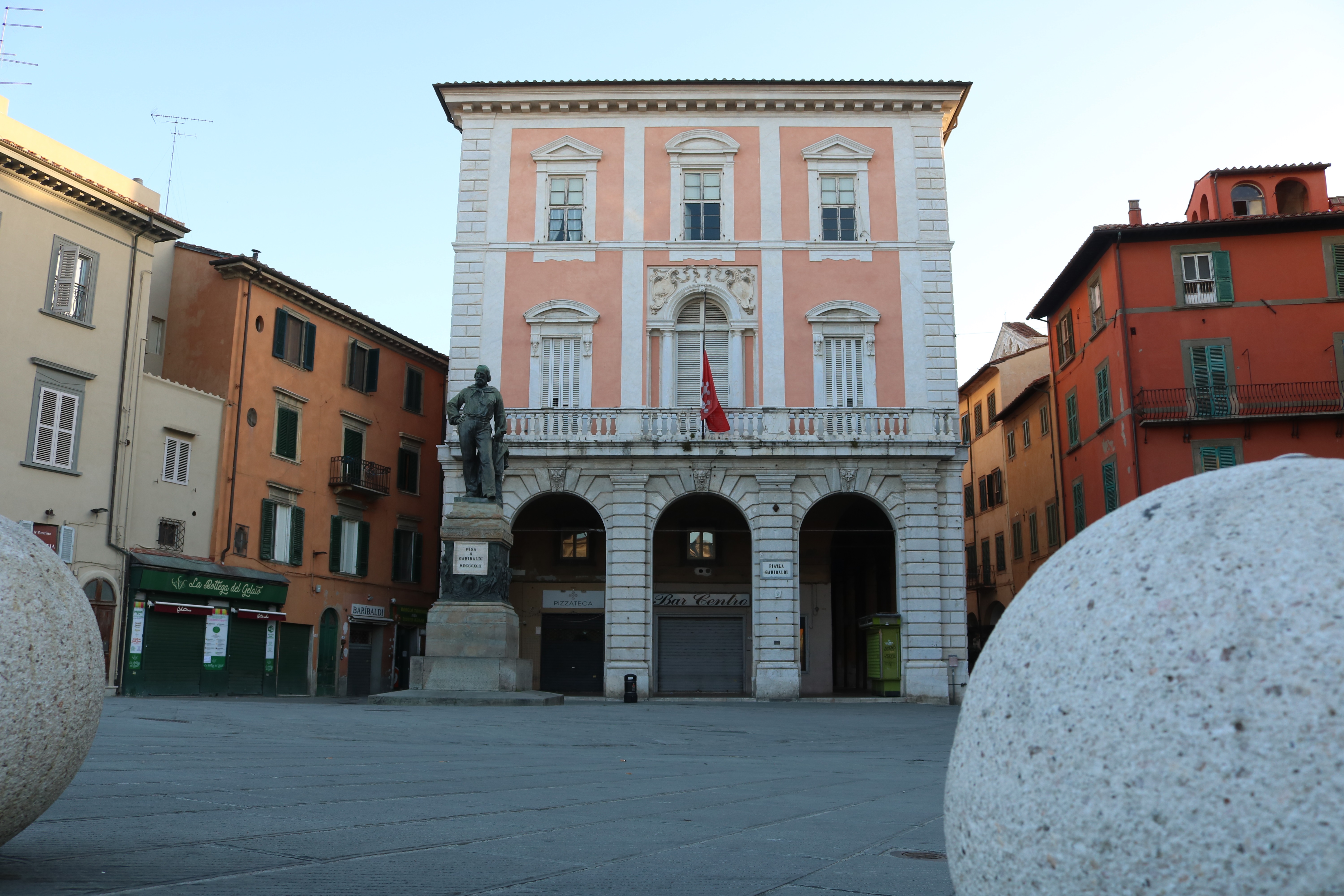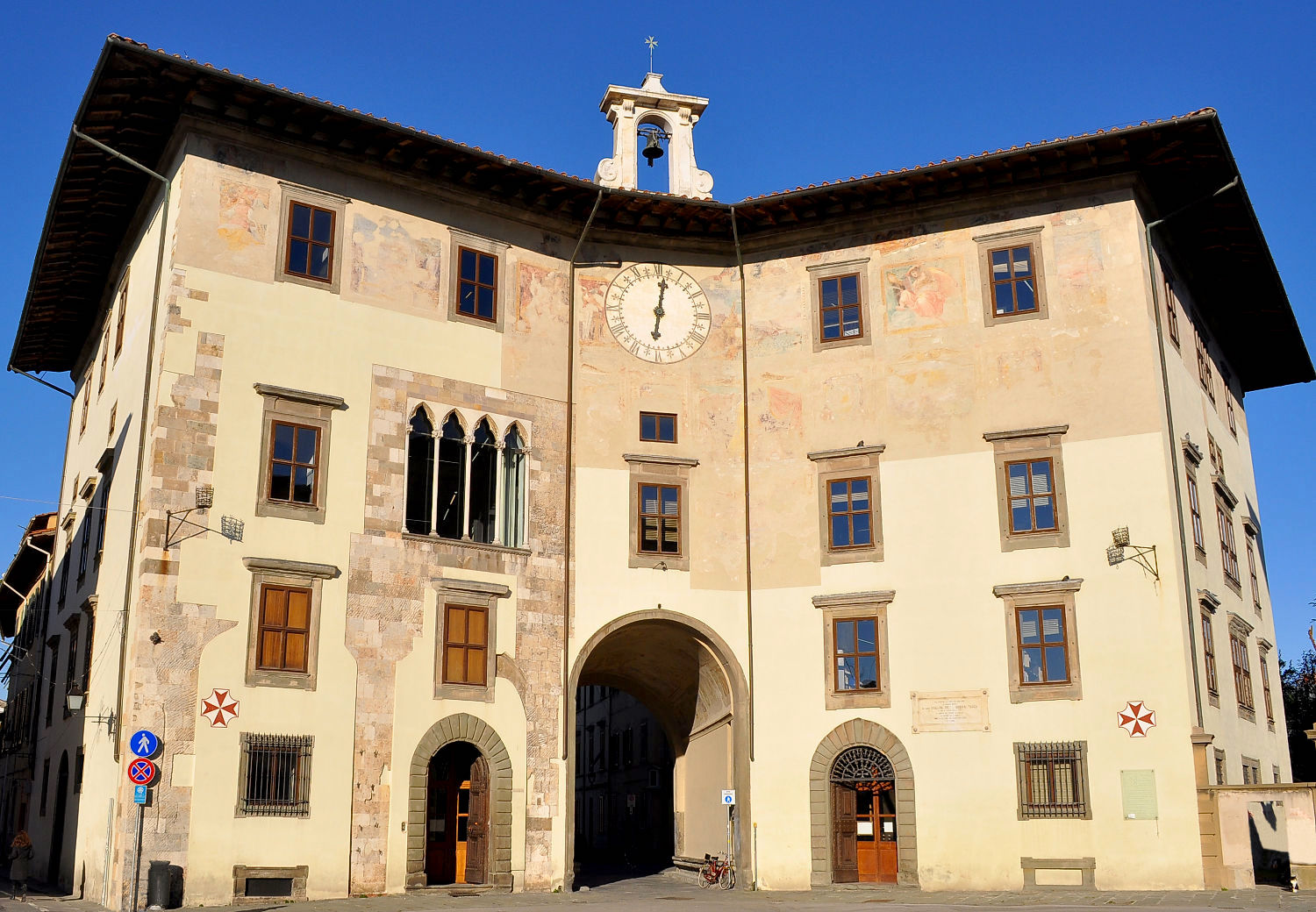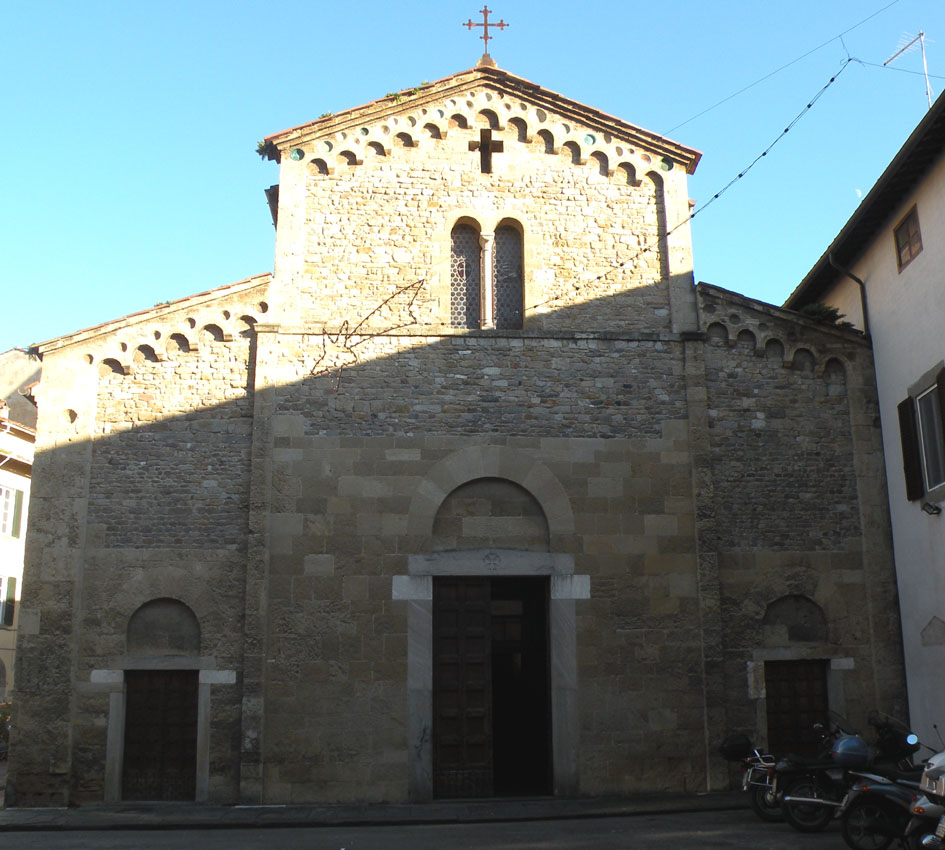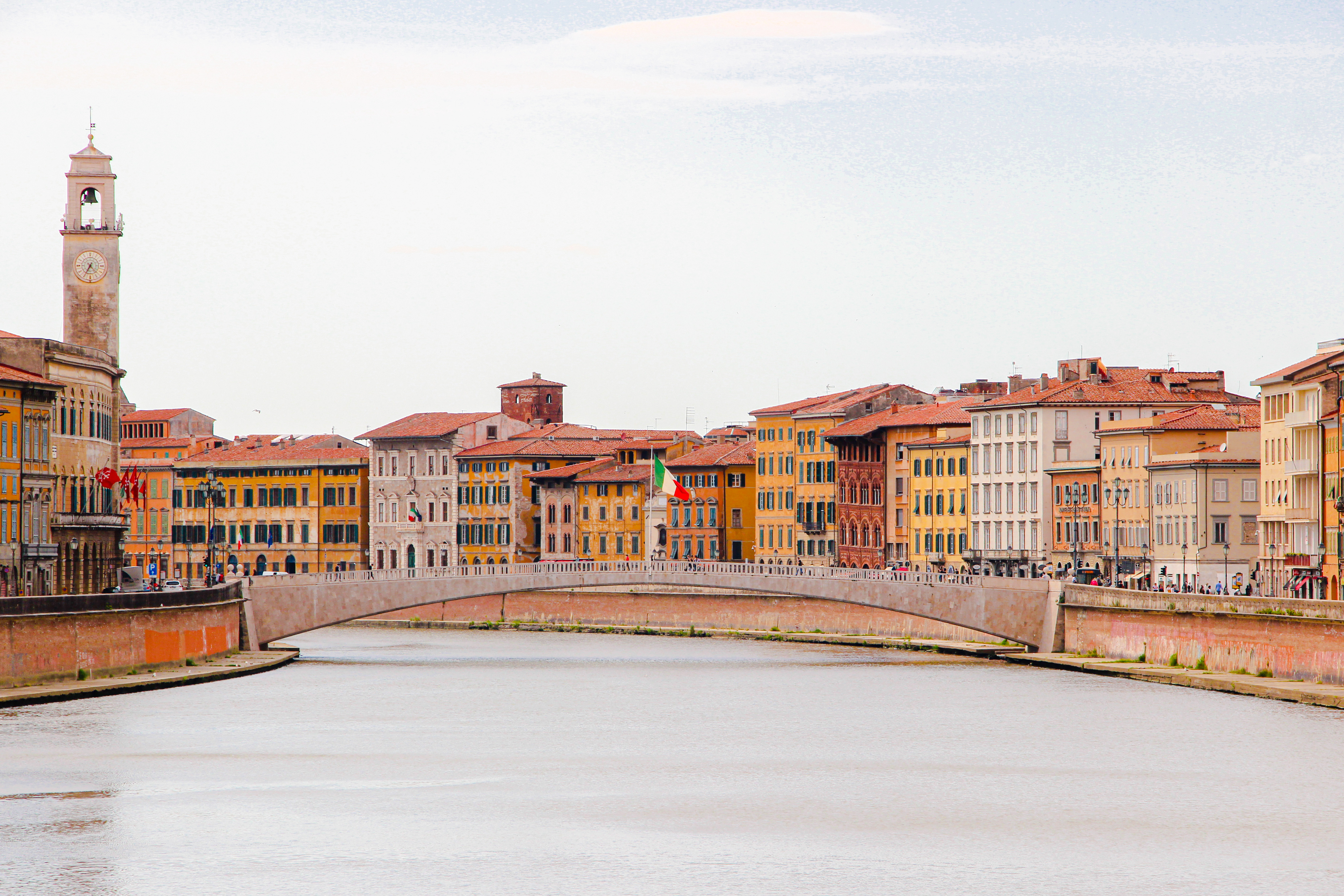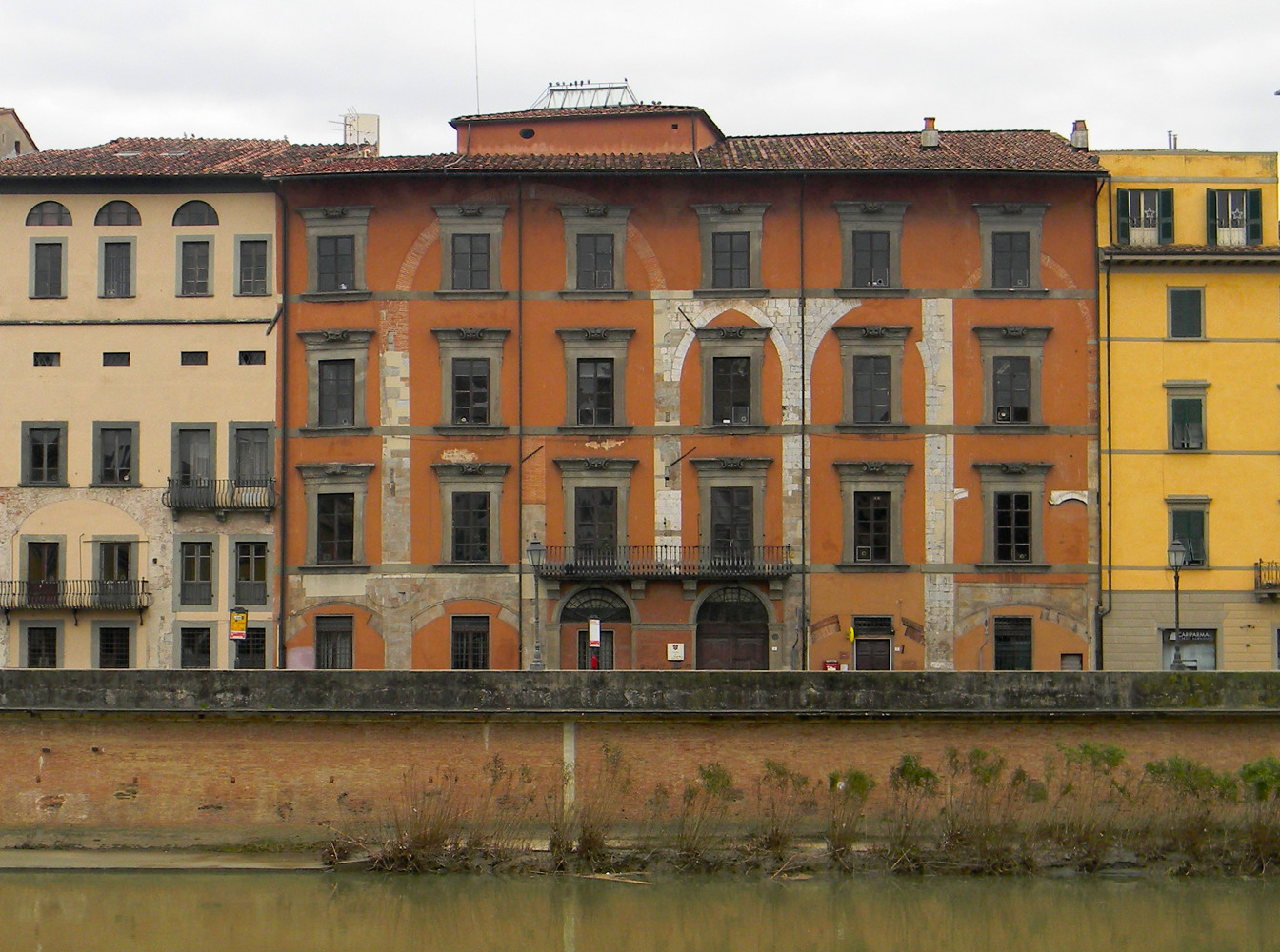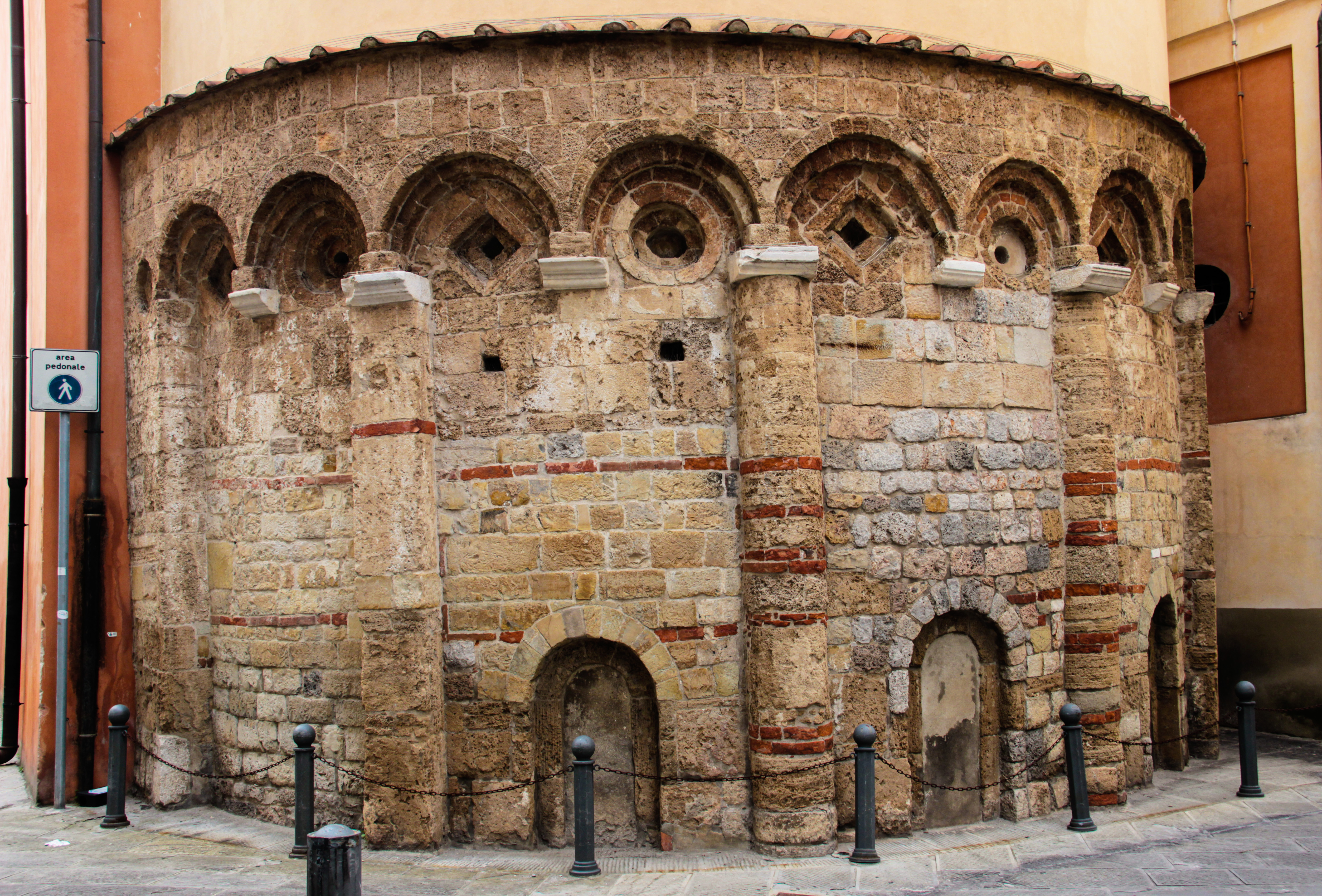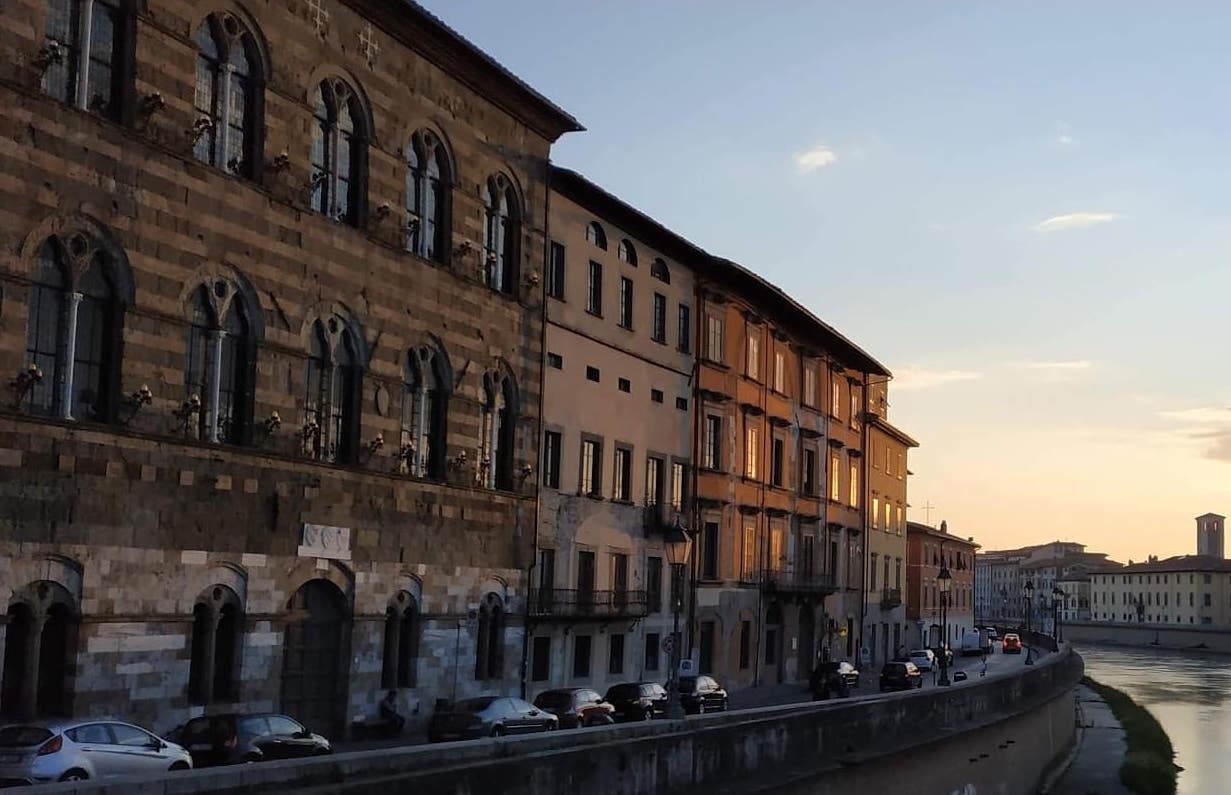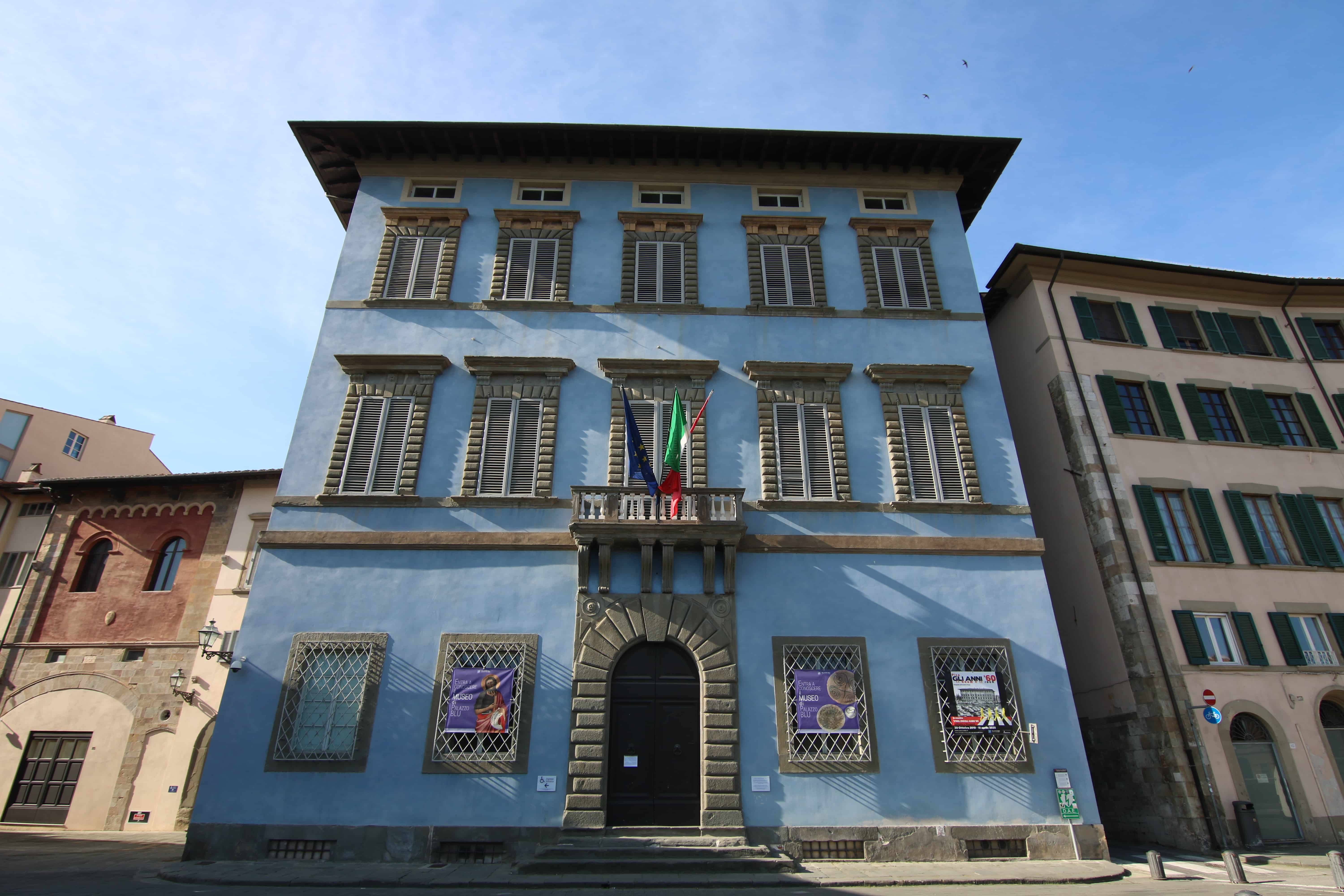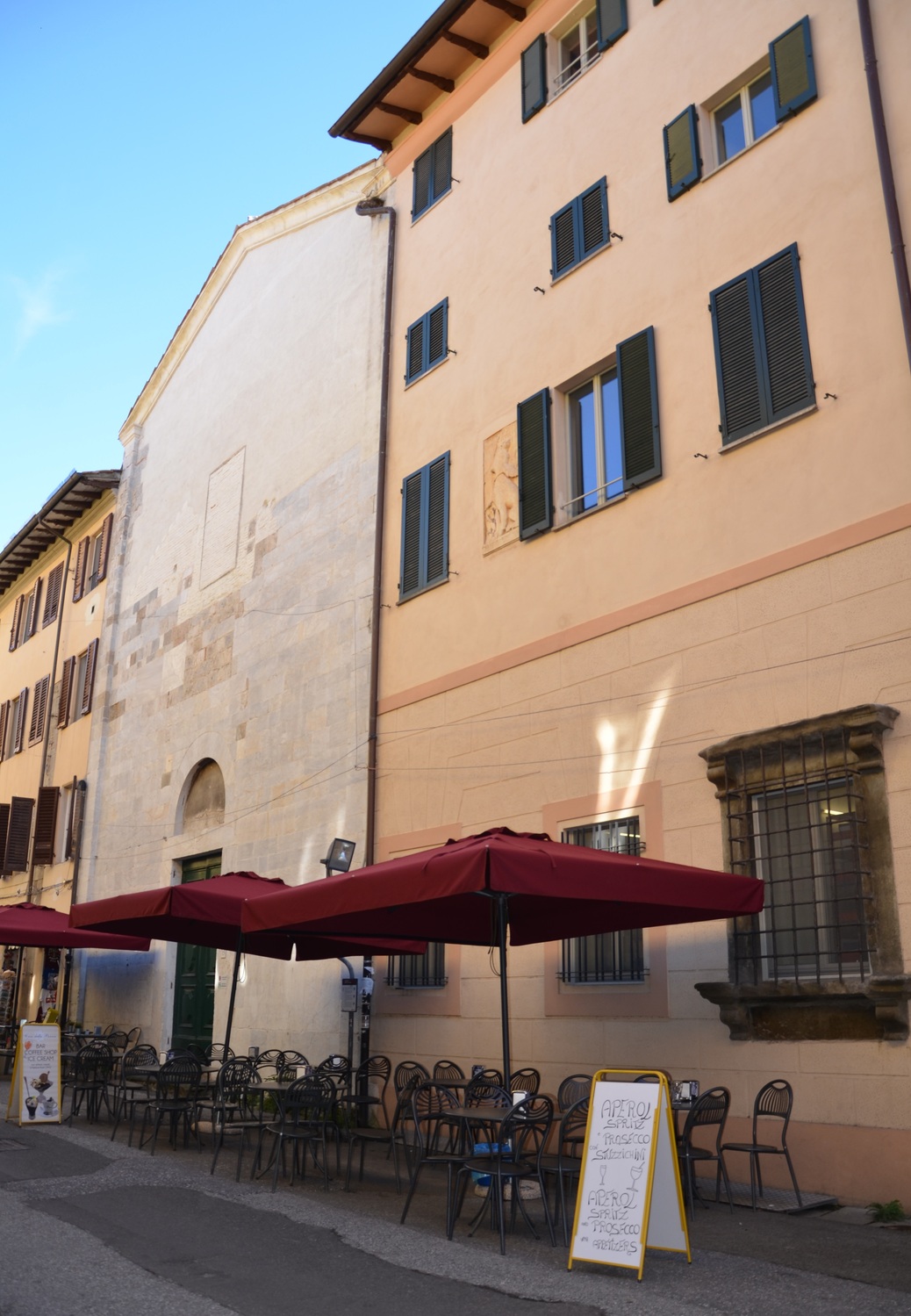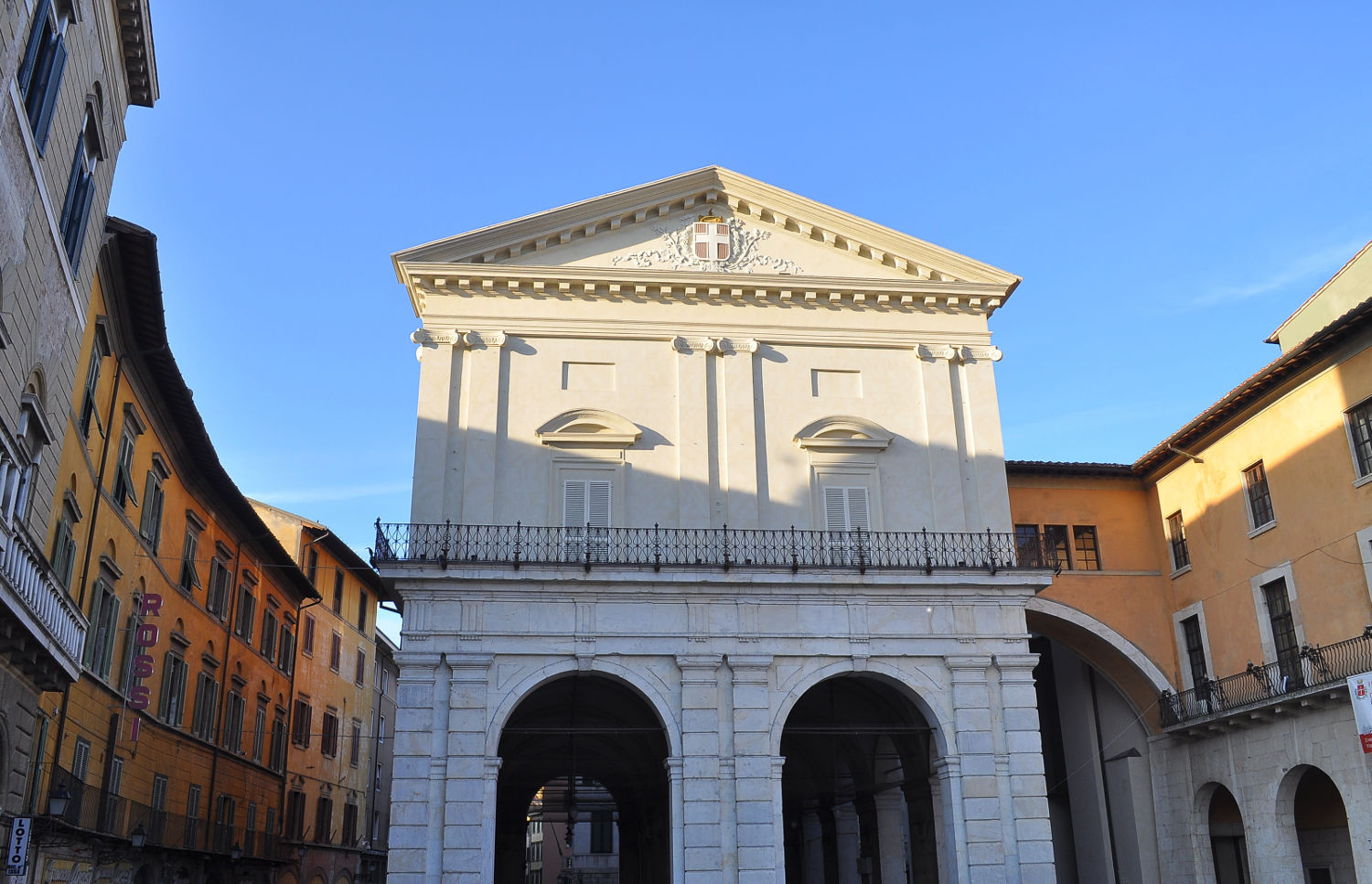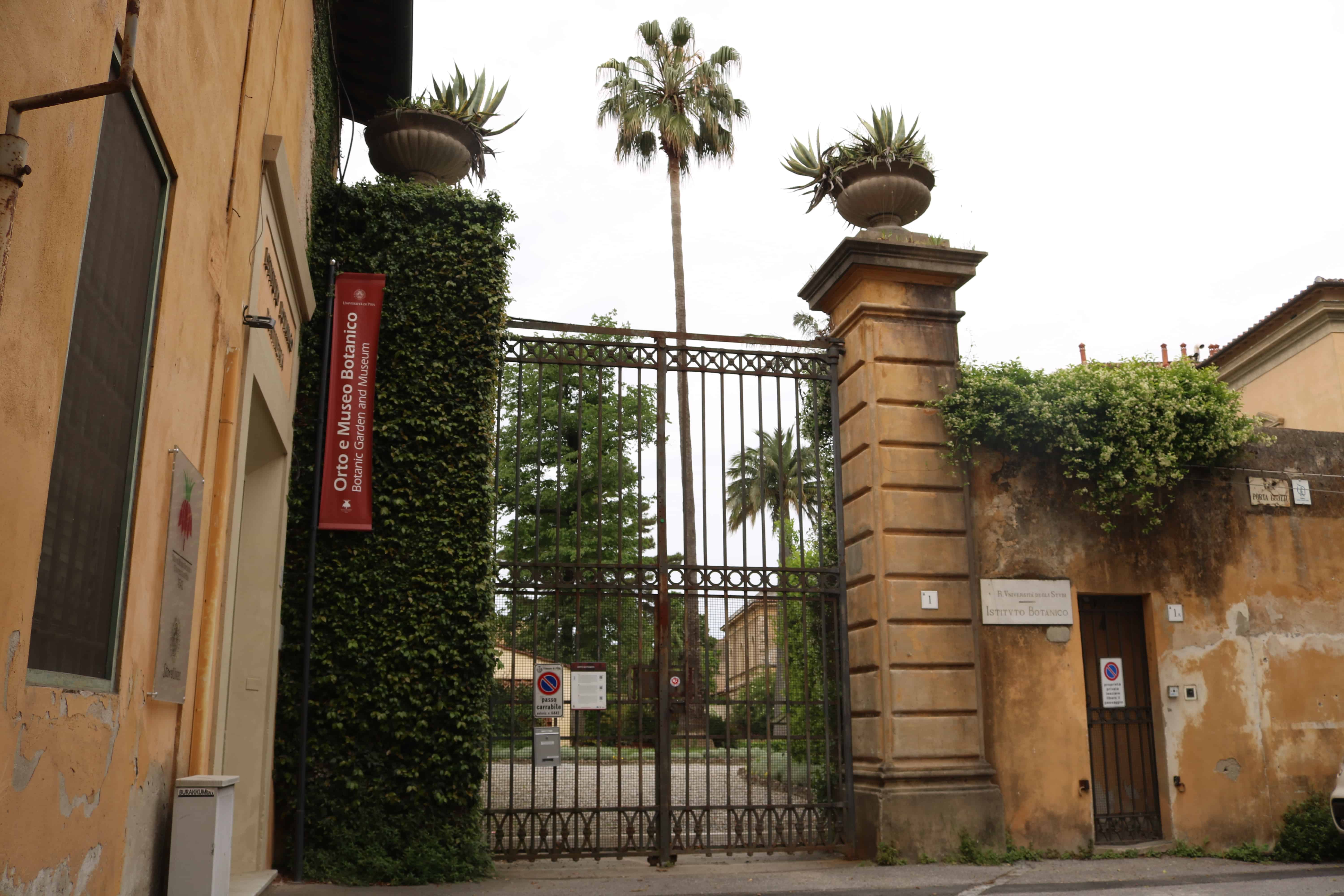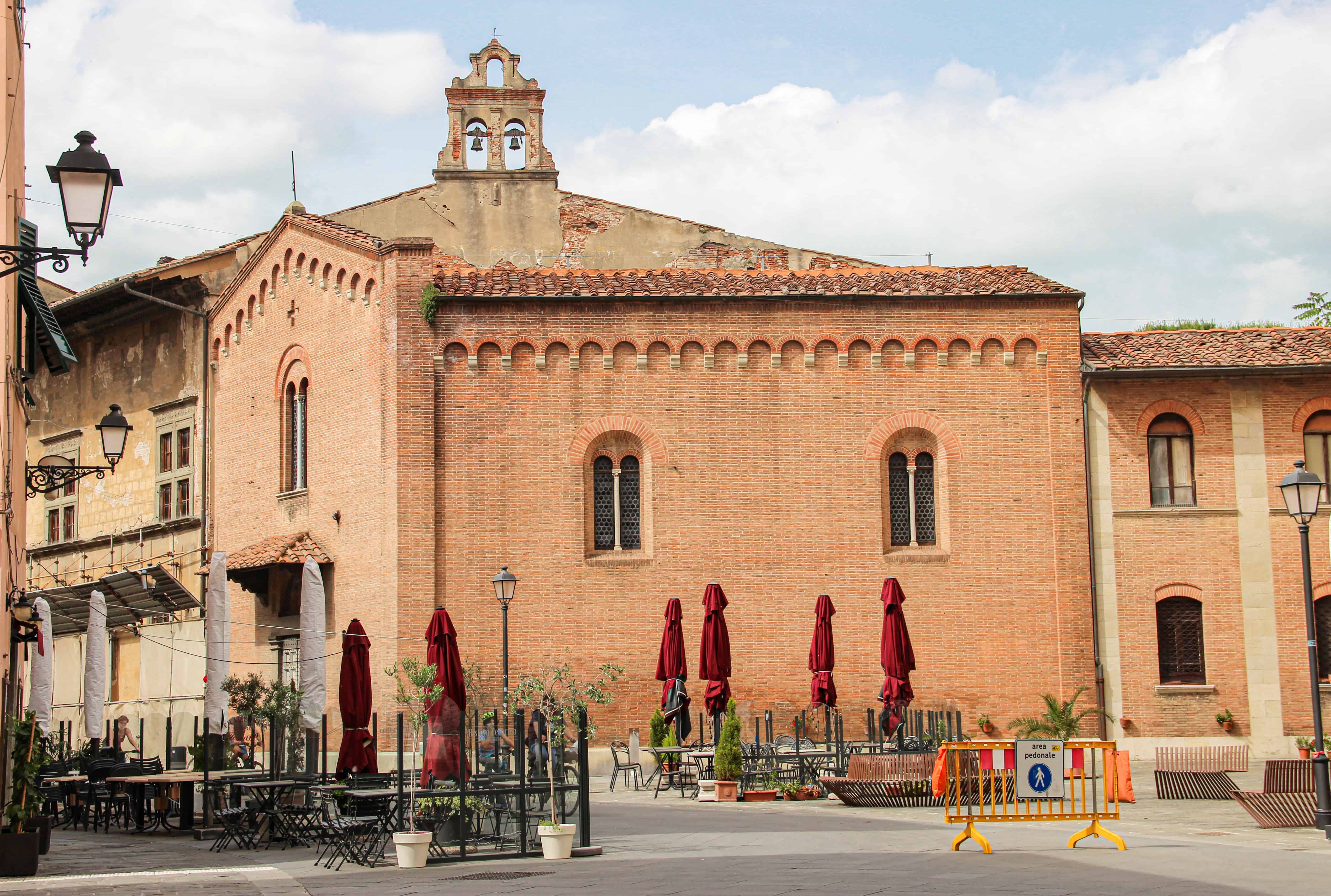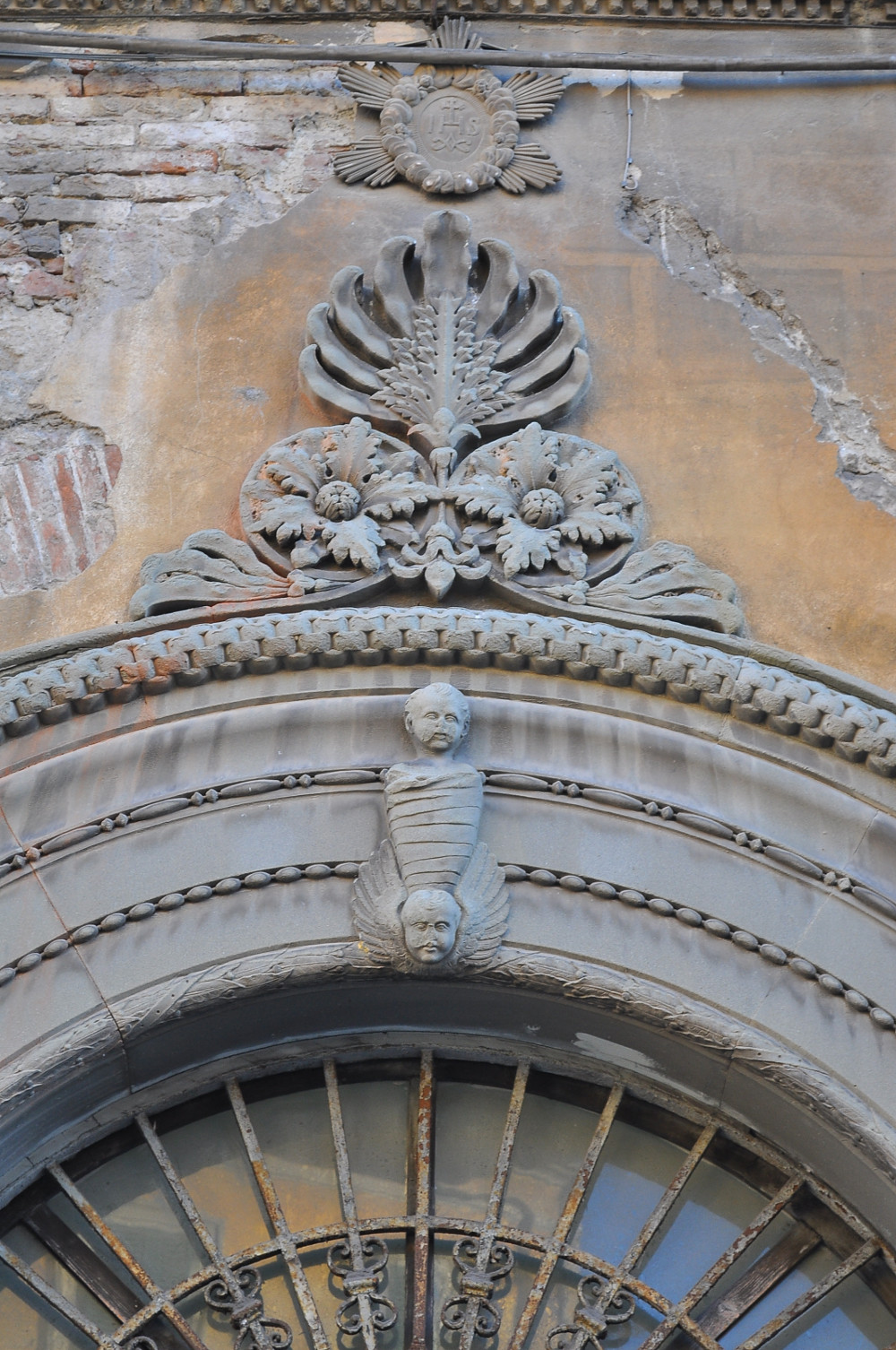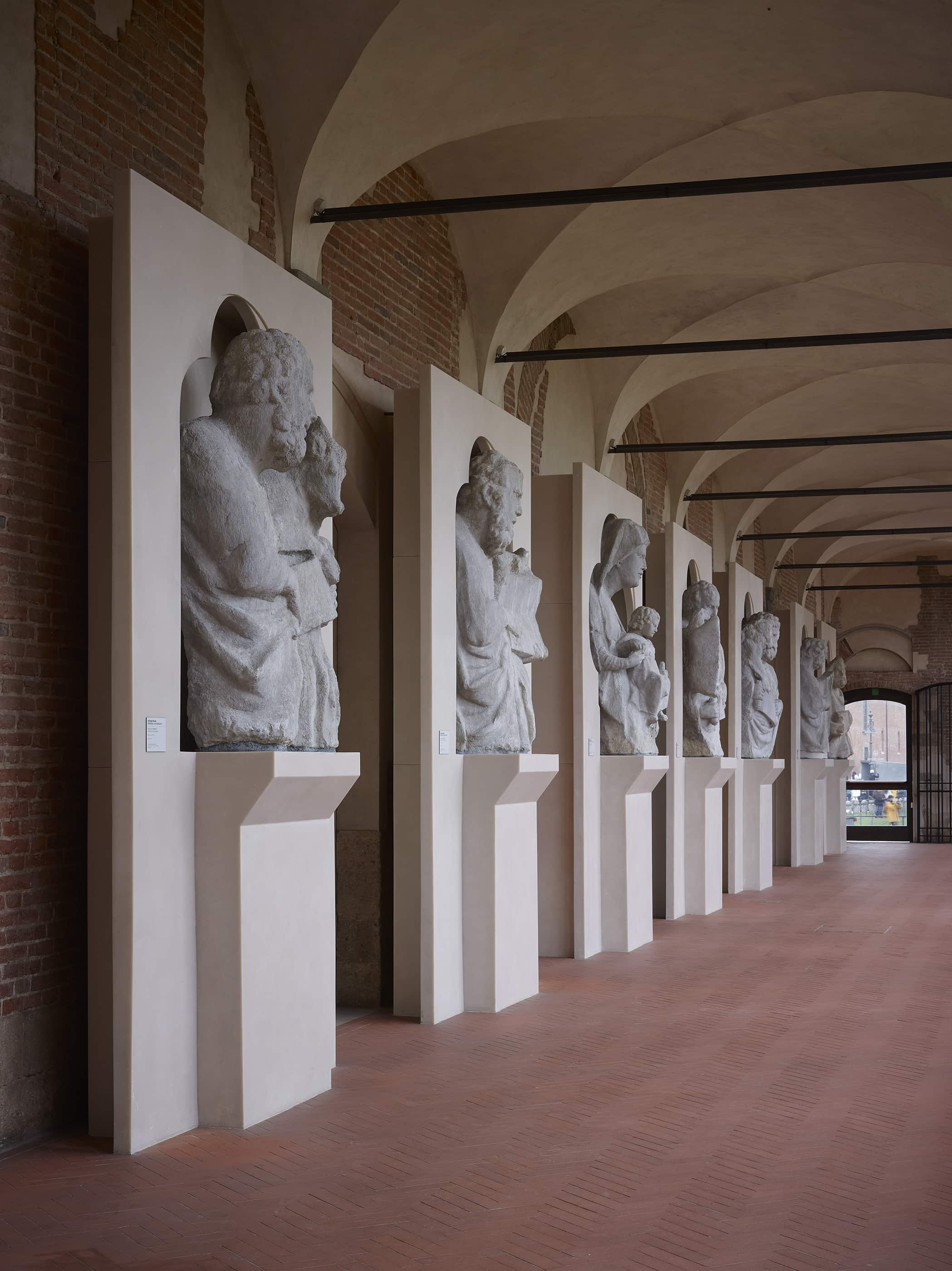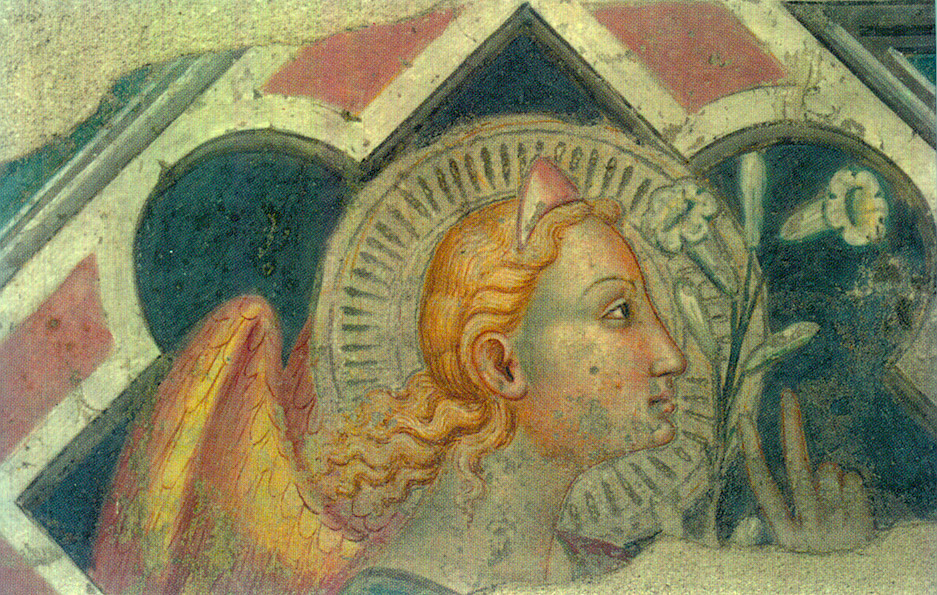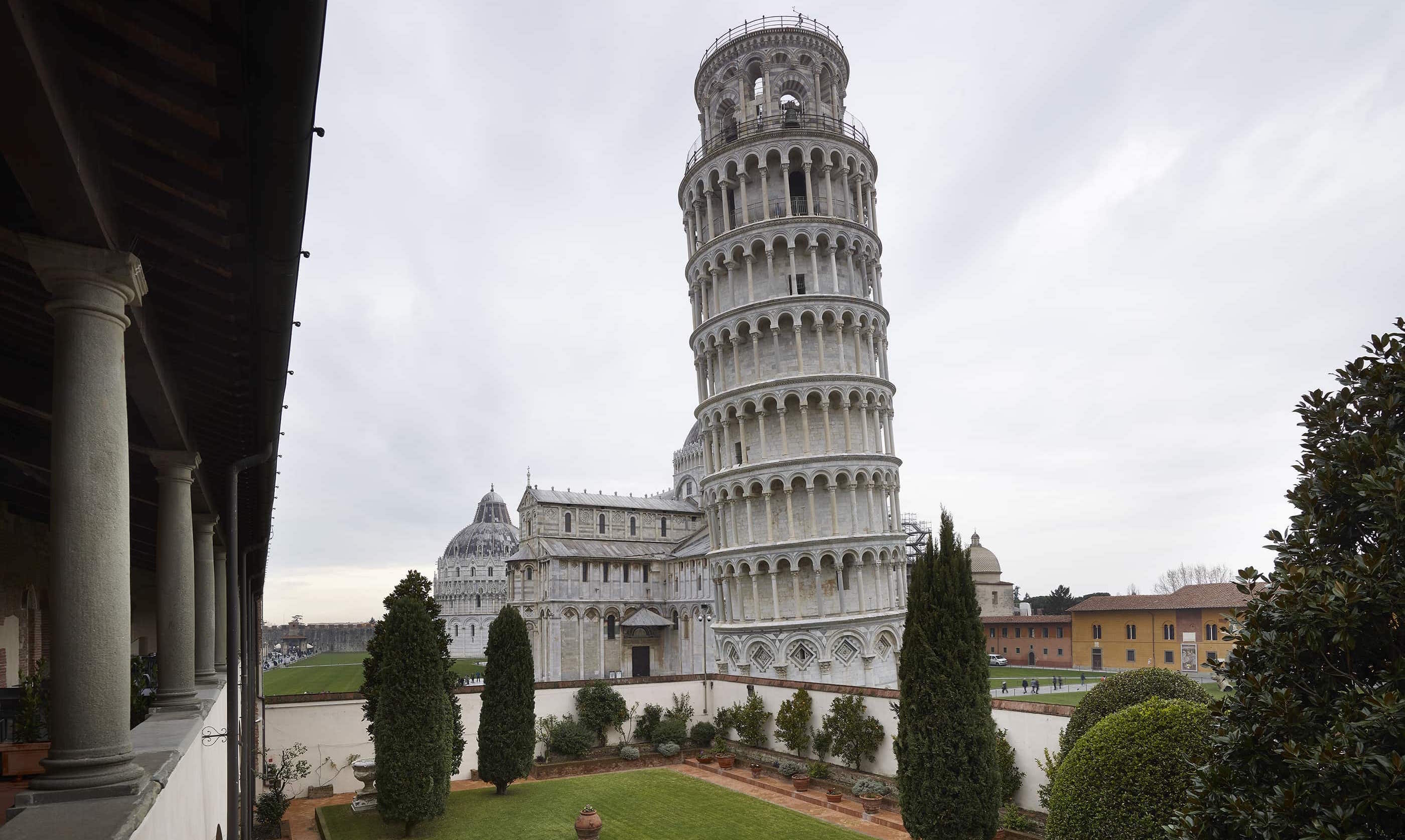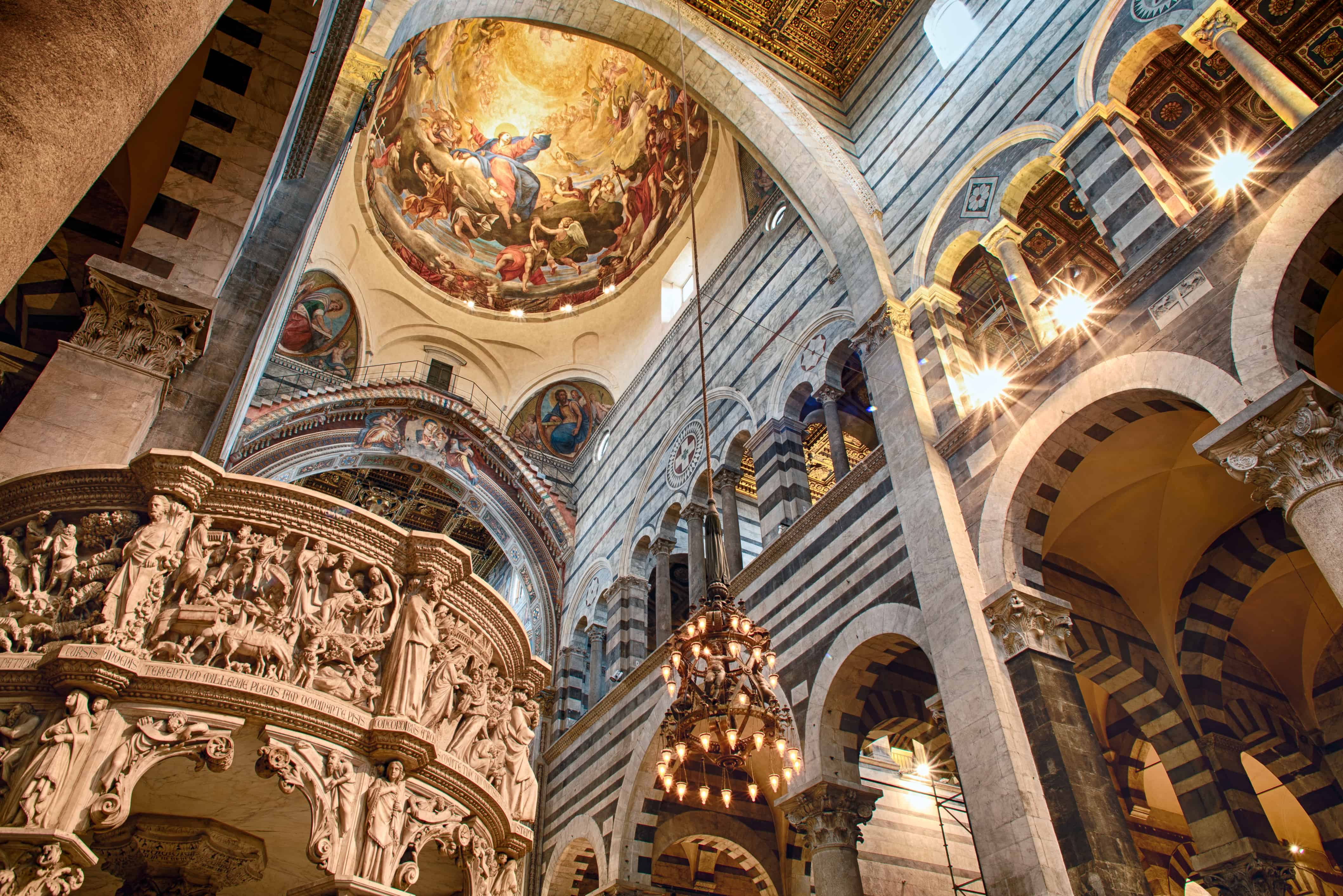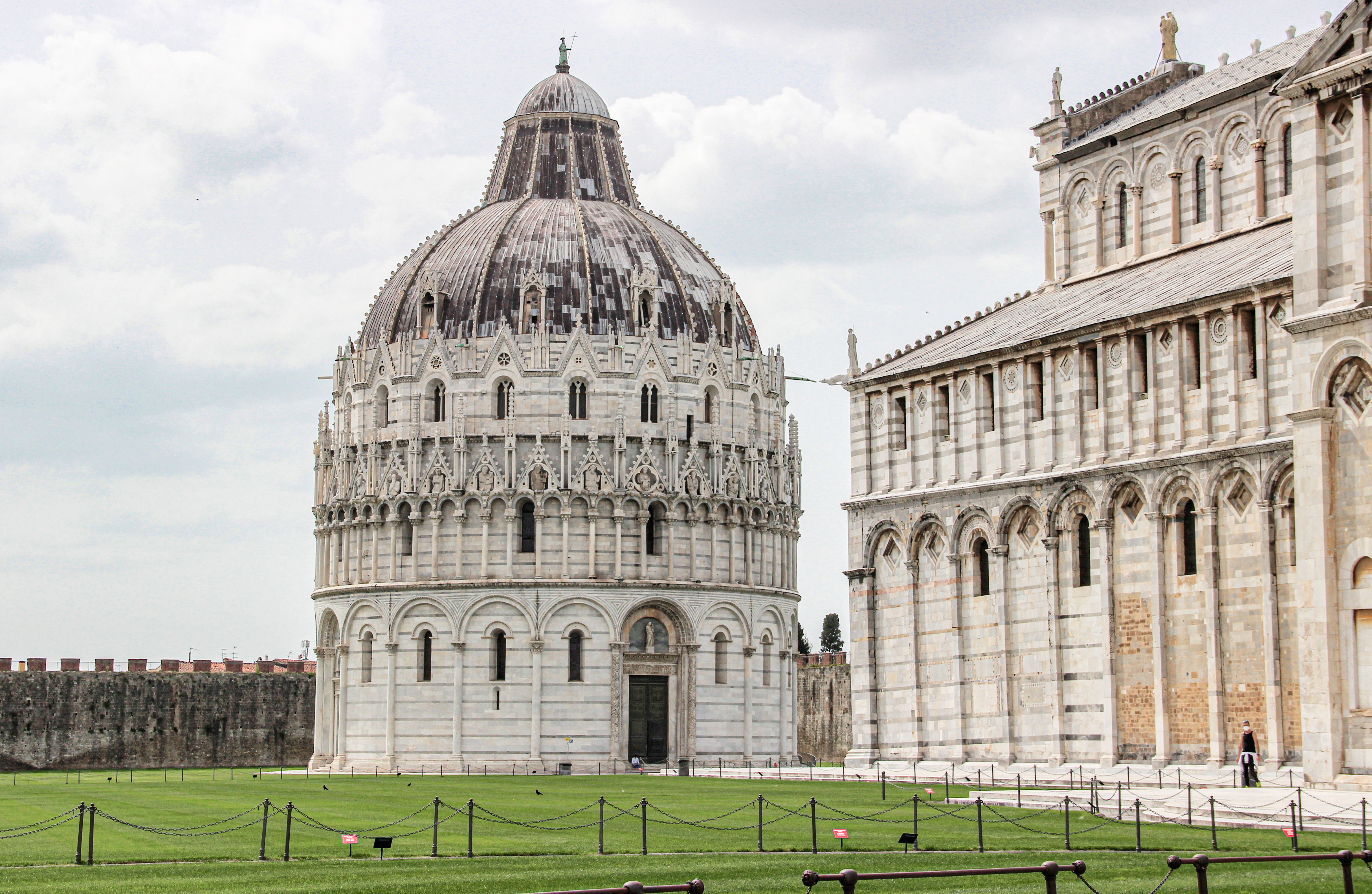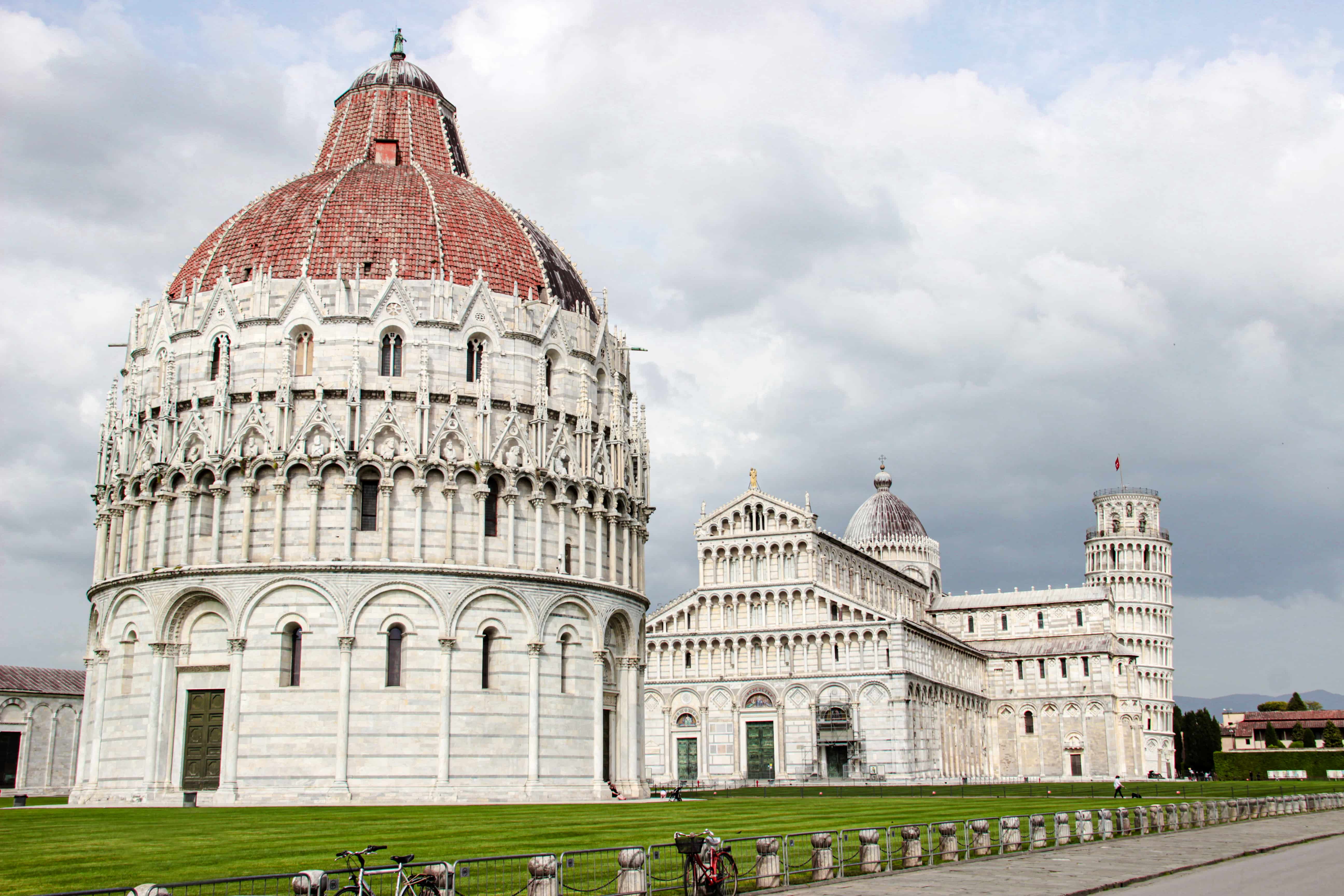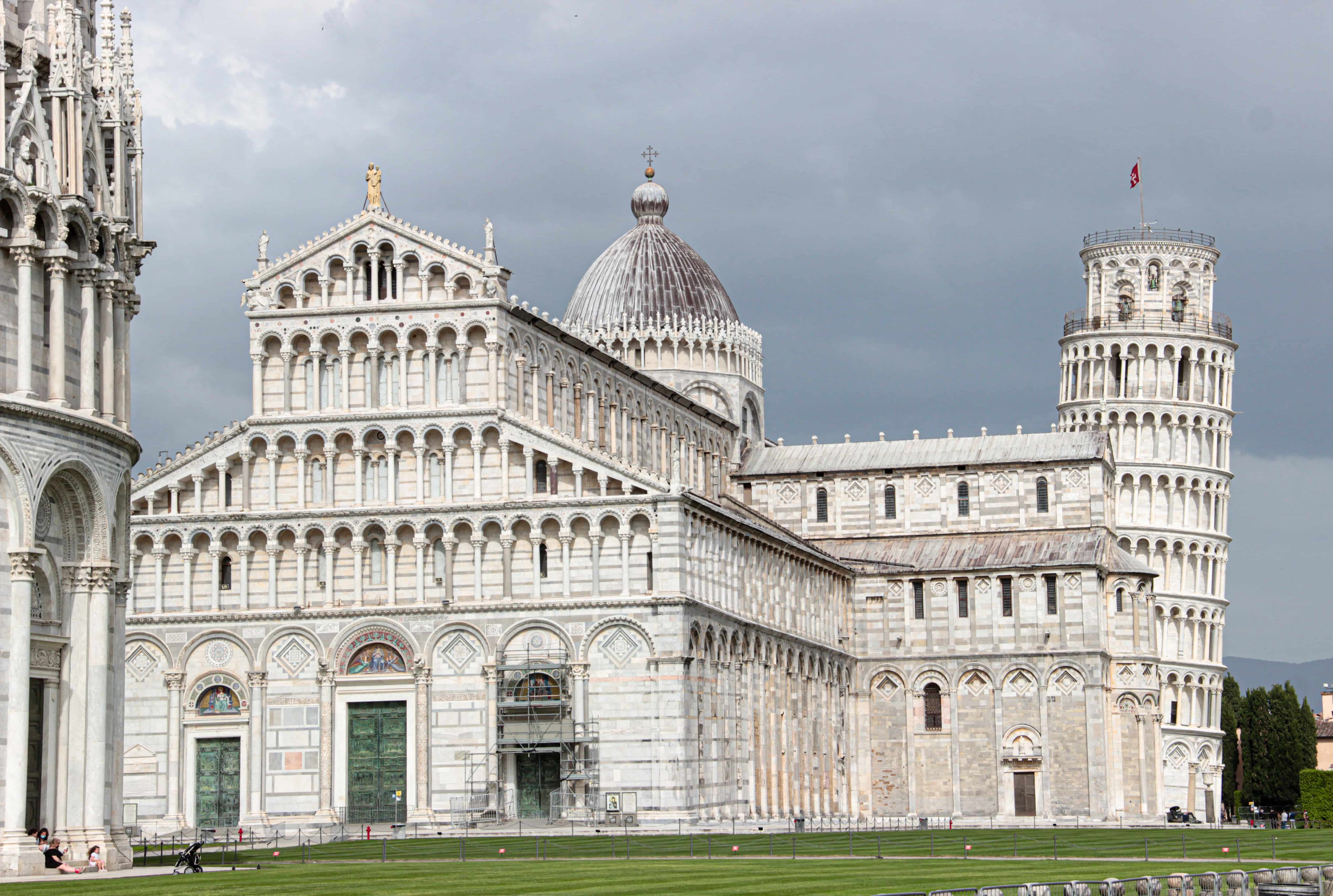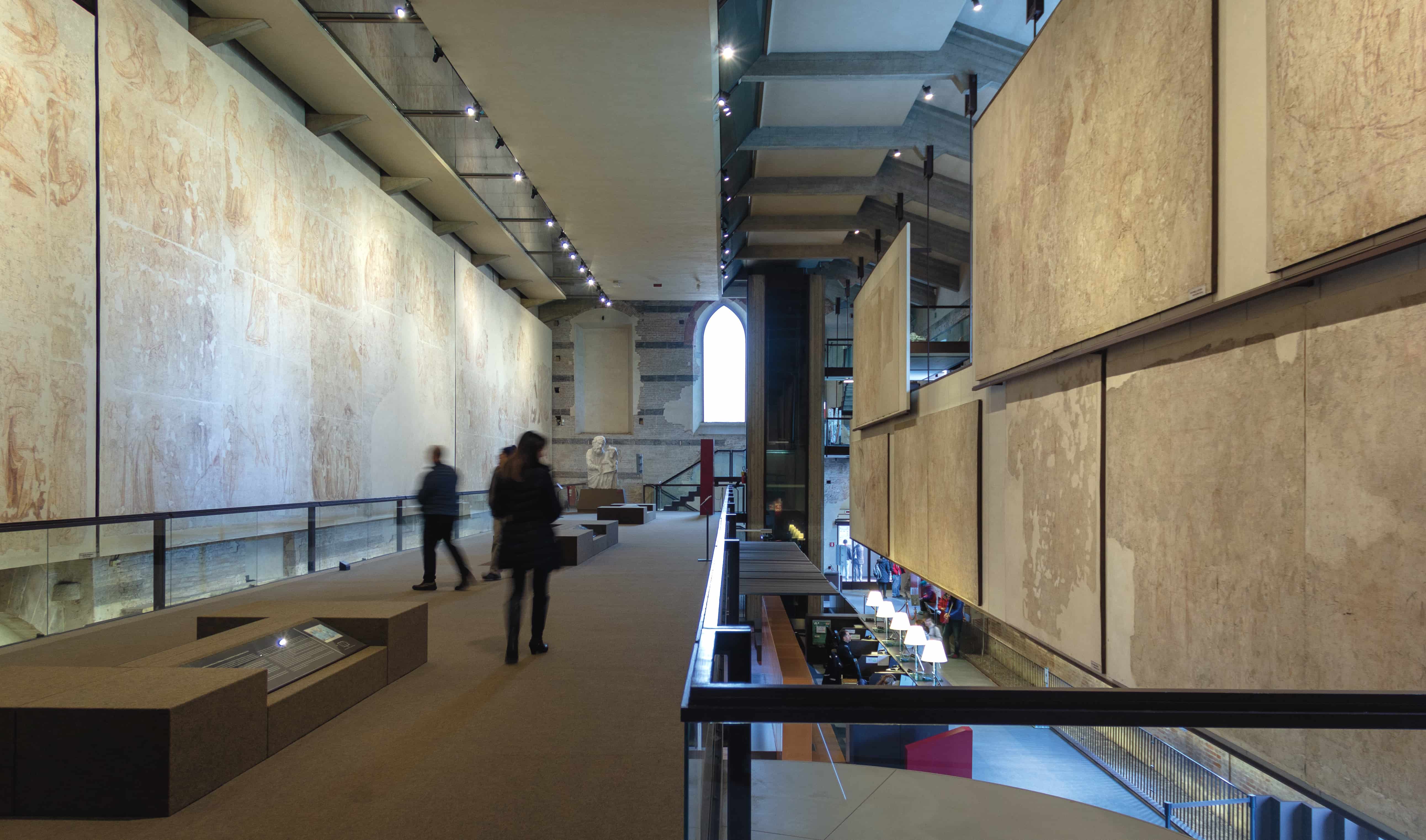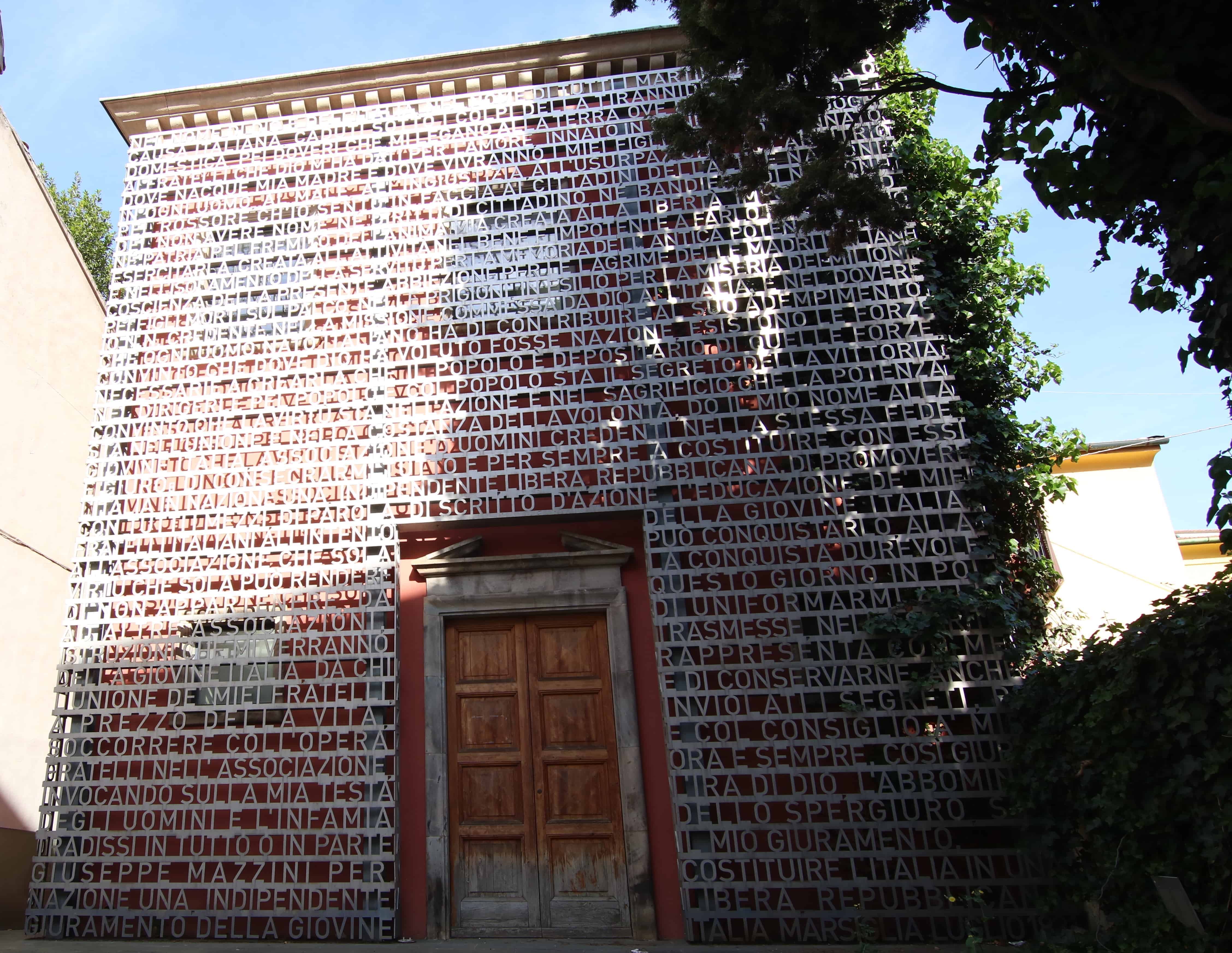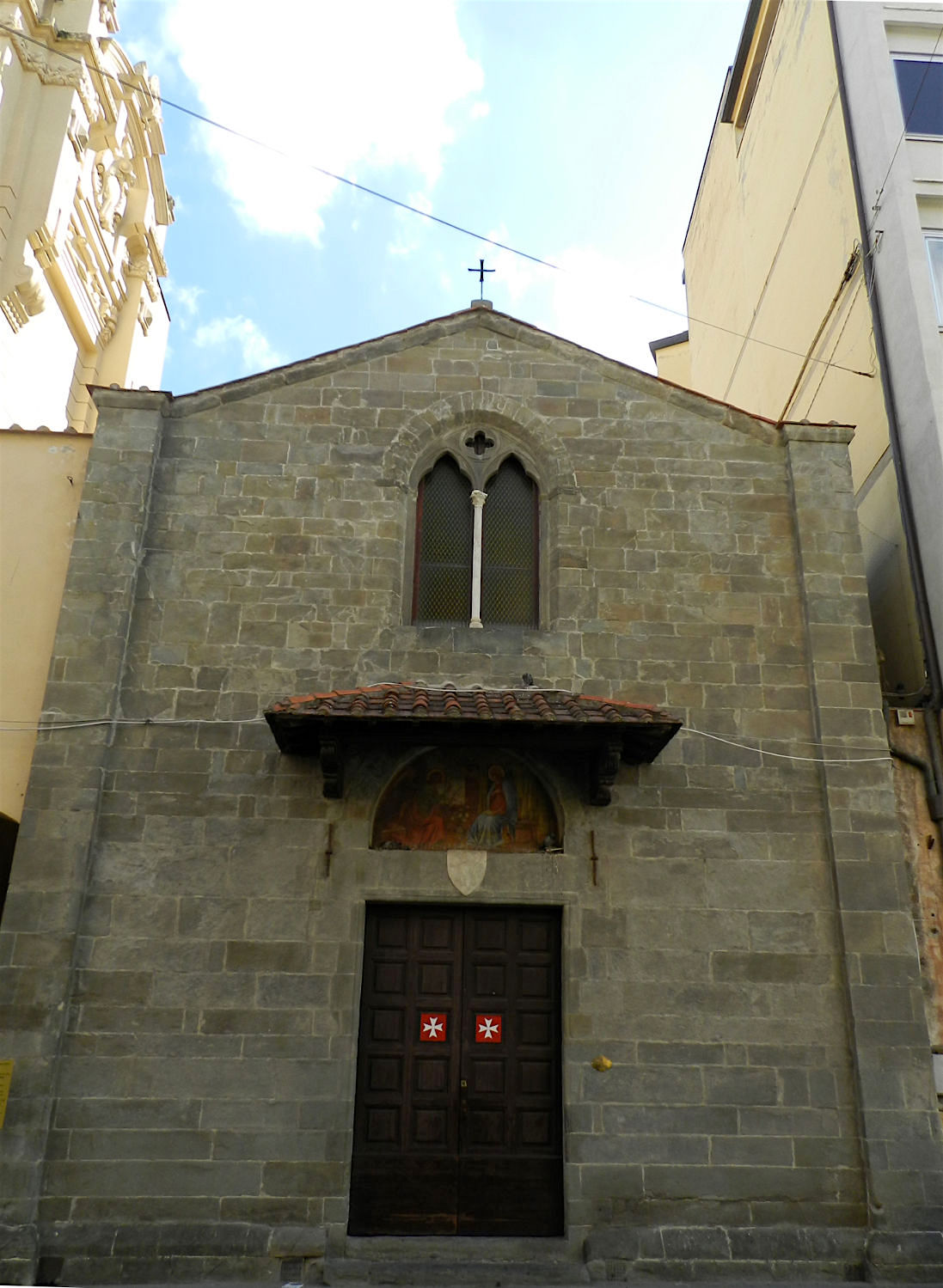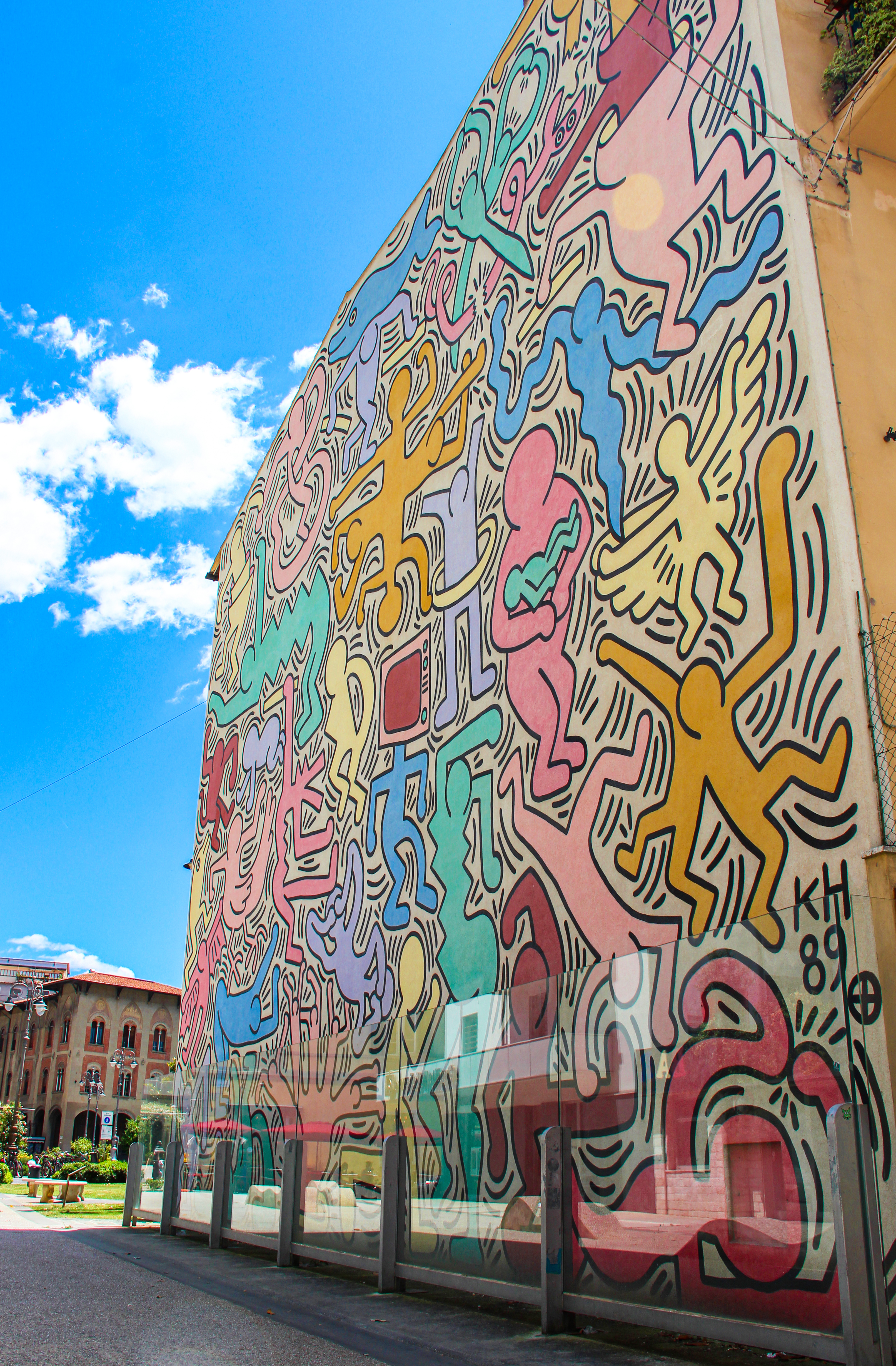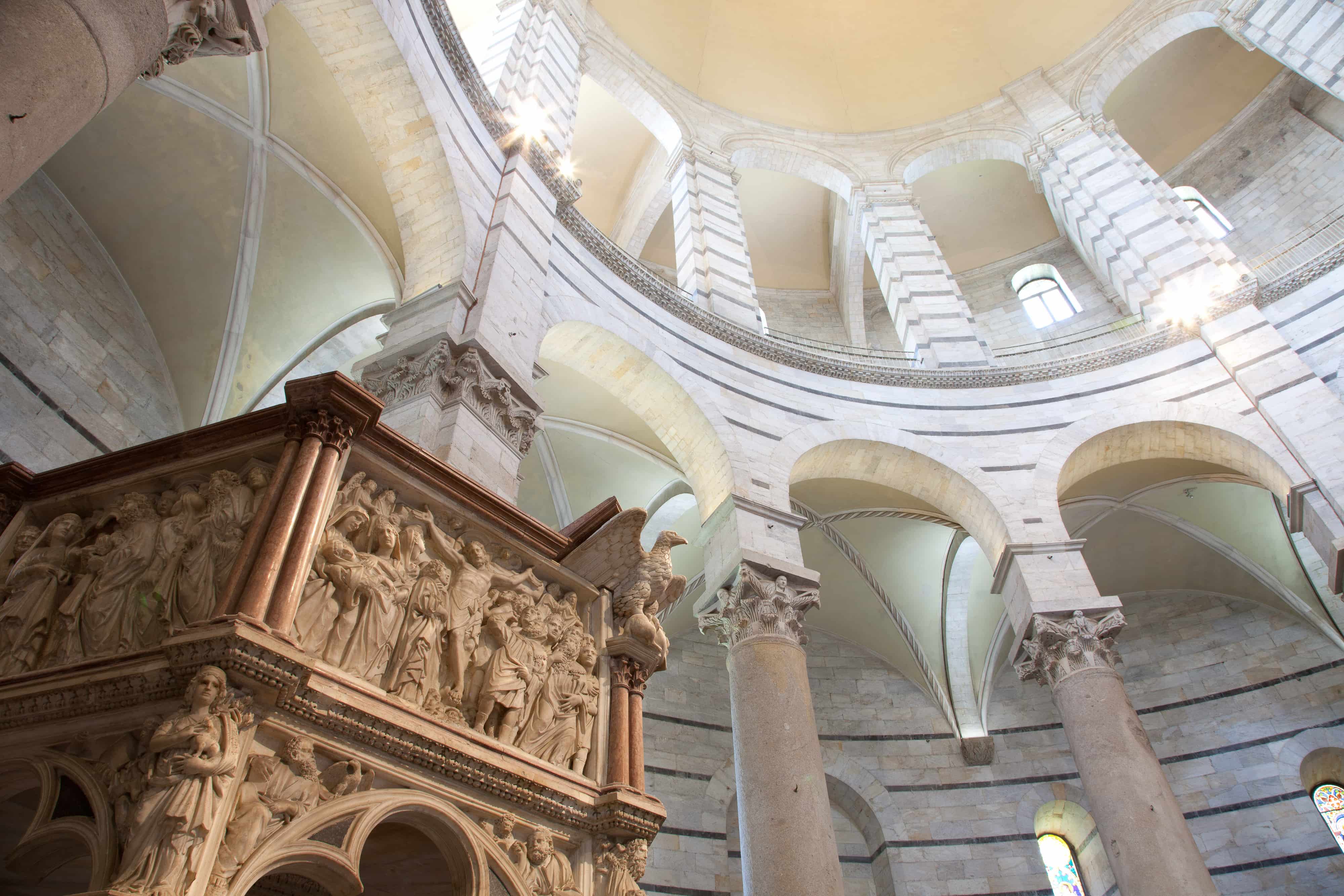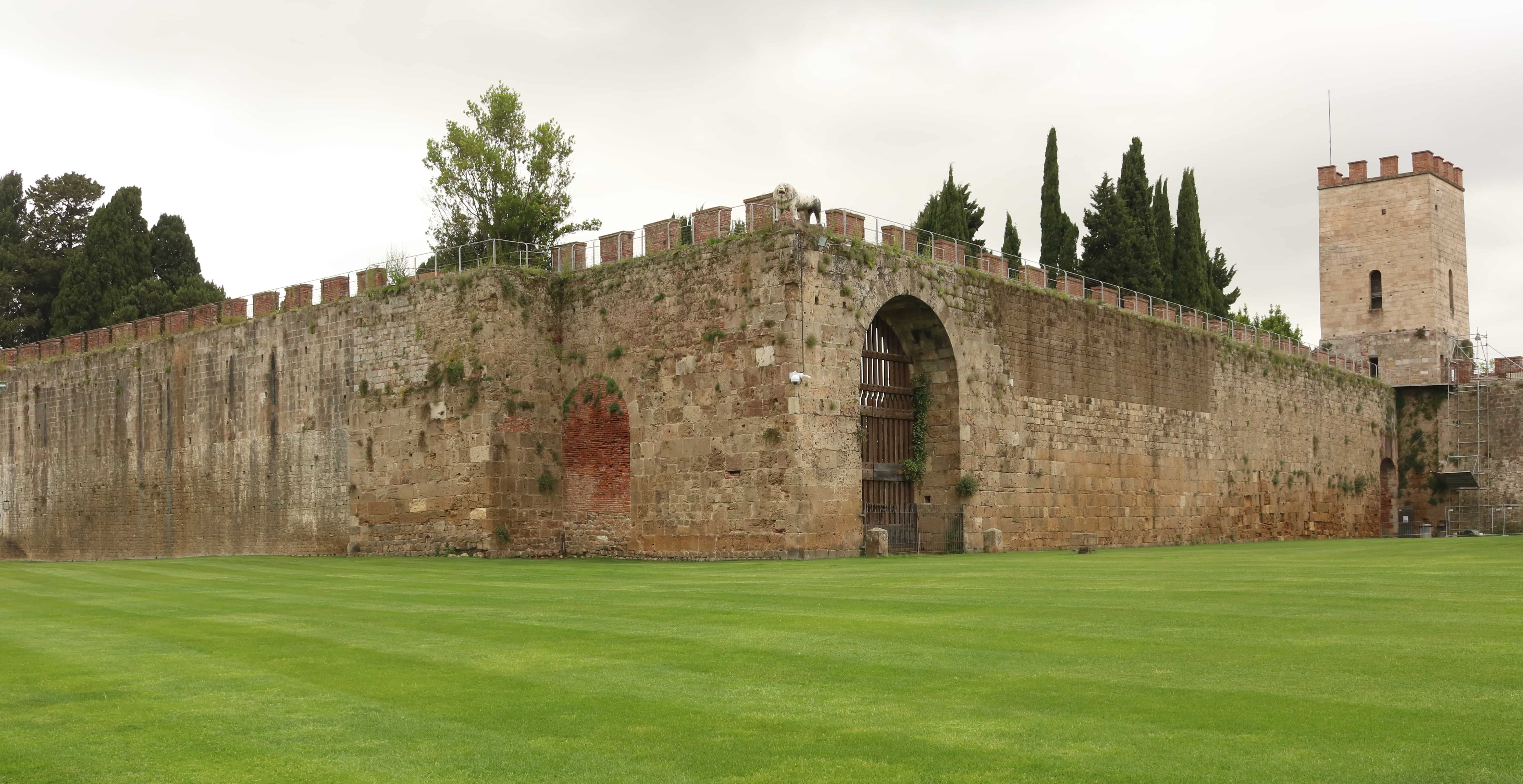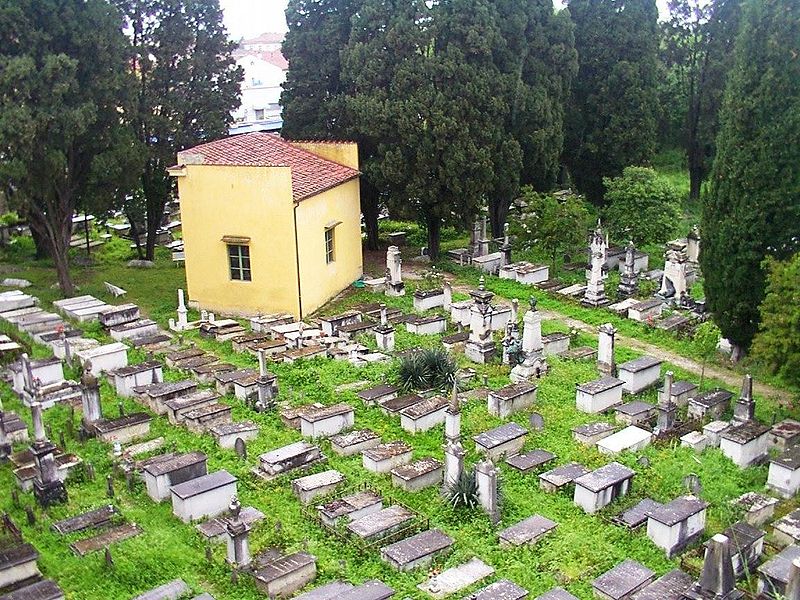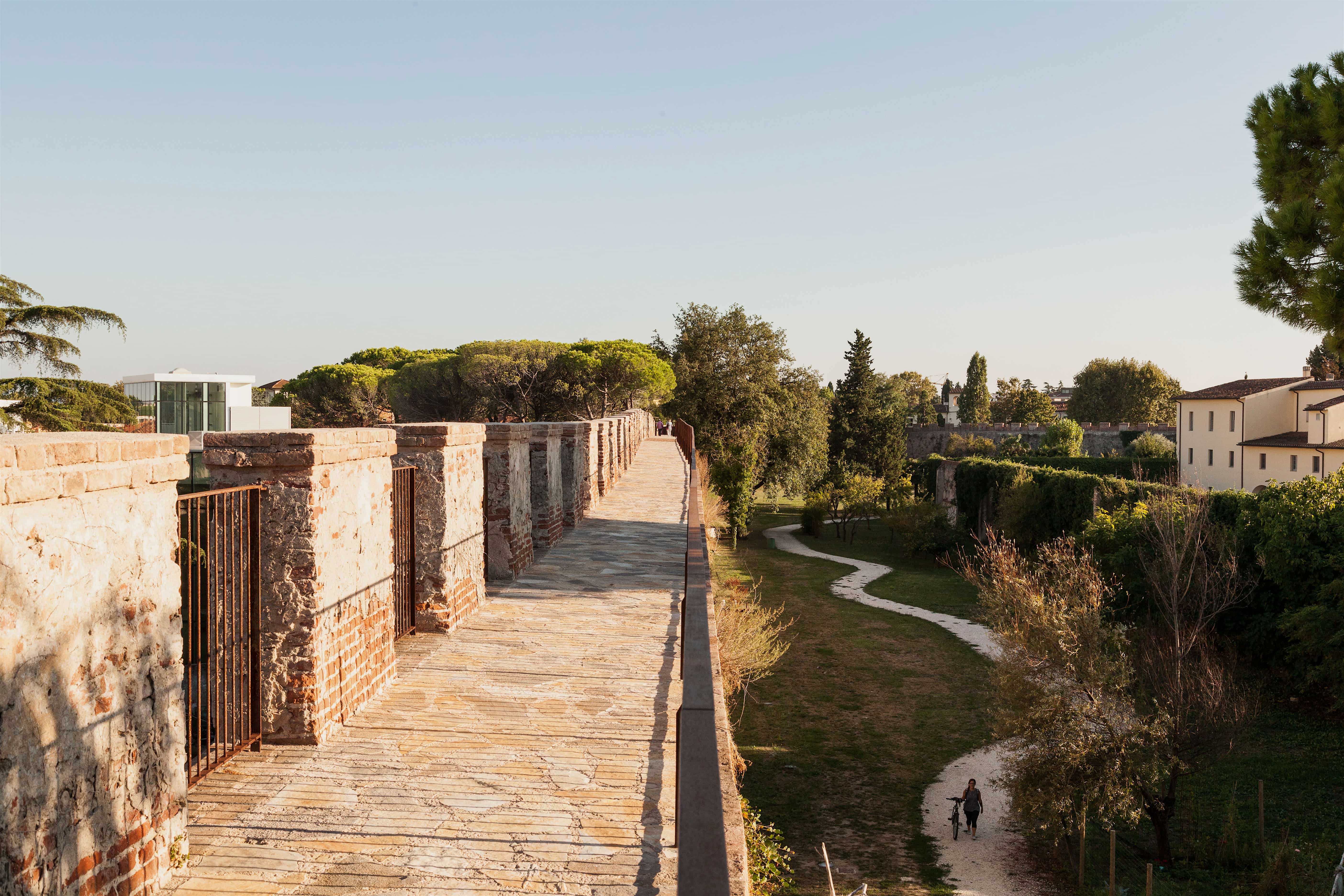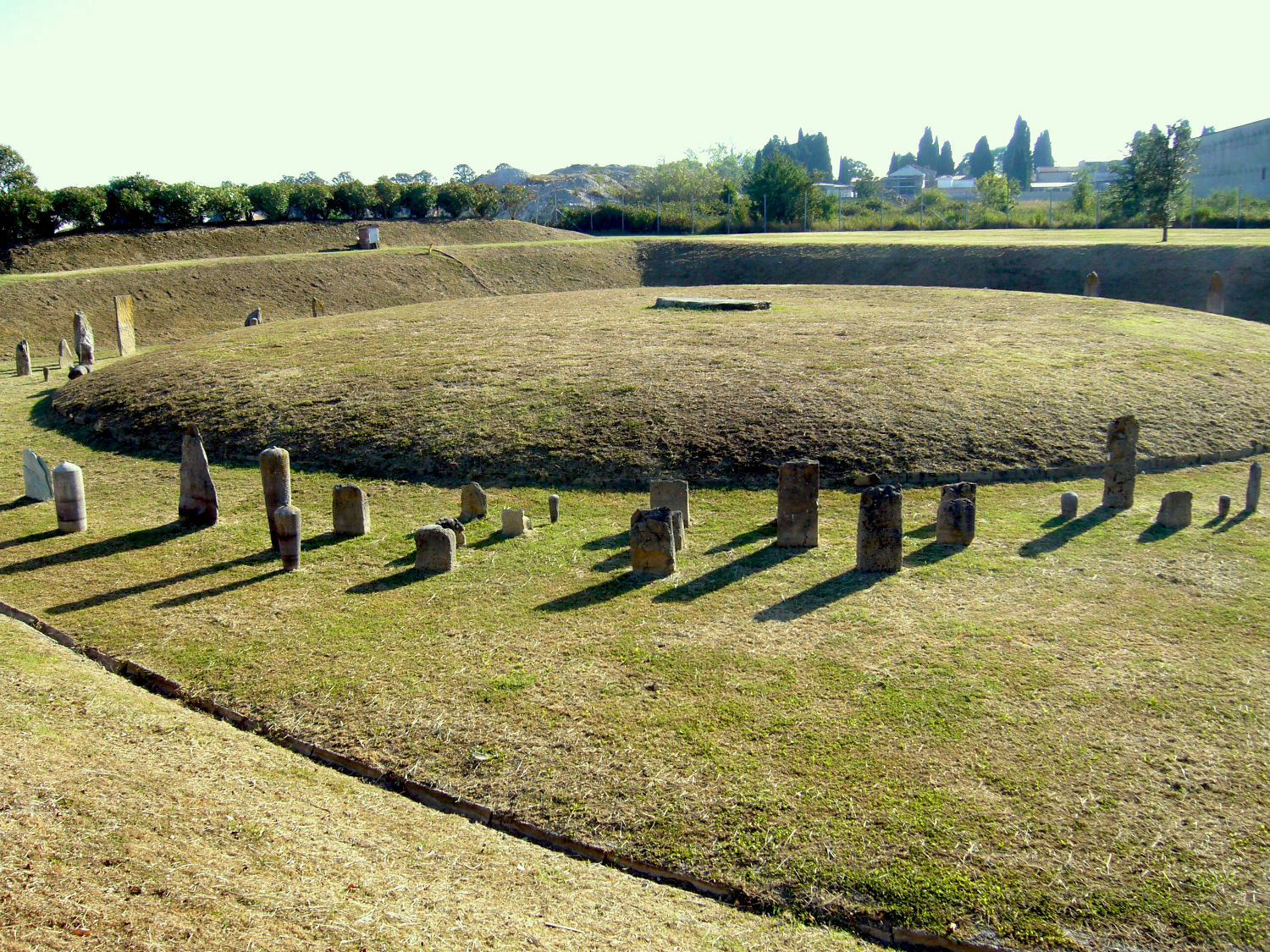Via Ulisse Dini
Via Ulisse Dini goes from Borgo Stretto to Piazza dei Cavalieri. The street was named after the Pisan mathematician and Senator (1845-1918) who discovered the theorem that bears his name, and whose statue stands beside the Church of S. Stefano dei Cavalieri.
In Etruscan times, this street was a stream in a residential area, with wooden buildings belonging to members of a high social class built along its banks. We know very little about the area in Roman times, but it appears there were gardens, perhaps belonging to some domus. In the middle ages, the street was called via de fabricis, because of the many forges operating here from early medieval times. It connected the Church of Sts. Felice and Regolo (in piazza S. Felice di Nola,1) to S. Sebastiano alle Fabbriche Maggiori, more or less where the Church of S. Stefano dei Cavalieri stands now. In the 12th century a few private and public dwellings (case-torri) were built along this street, the stone arches of which can still be seen today. In the 14th century, immediately behind the buildings on the north side of the street were metalworkers’ workshops, where objects in iron and bronze were made. Later these were transferred out of town for reasons public decency.
In the 15th and 16th centuries the appearance of this street began to change radically. Many medieval case torri were joined together to make new buildings, like the Palazzo del Capitano on the south side; others were demolished and replaced by gardens - these too, later demolished, together with the Church of S. Sebastiano, to make way for the new church of S. Stefano dei Cavalieri.

